I have started to make the two final armatures for the puppets that I will use in the film. I decided on two puppets being enough as they don't have to do any excessive movements or wild positions, but if one decides to break then I do have a spare! Wire, bones, K&S and tie-downs all in place: Against the scale drawing: (I decided to make the hands slightly bigger for better screen presence and for ease of holding the books.) With skinned hands: Wadding applied to the joints: Hey presto! Time to start skinning...
0 Comments
I tested the two head that worked well under camera and lighting to see how they looked on screen. Balsa Wood: Sculpey, foam and latex: I thought they both worked well on screen. I do slightly prefer the balsa wood for a few reasons, the main one being that it is a really light material and doesn't affect the movement of the body armature. It is also really nice to work with and the definition of the face showed up a lot better than I thought it would. The sculpey, foam and latex head does look really visually nice, however it is really quite heavy and had an impact on the body armature. It was also shiney in places because of the latex and I want to try and avoid this.
What I want to try next is adding book pages to the balsa wood, like I did to the foam and see if this adds the nice textural quality that the foam head has. I have started making protypes following the last scale drawings that I posted up here. I have decided to make two, each out of different thickness wire so I can see which better suits my puppet. Here are some images of the making of the armatures: Left armature is made out of 1.2 mm wire, the right is 0.9mm.
This is the product of my day today. I've been working on a new scale drawing of the librarian puppet along with a new design for the armature. Following my previous designs with the abnormally positioned shoulder joints and finding these didn't really work, I have re-worked my design back into a more 'normal' human body shape. I have also re-worked his outfit so that the coat tails are on the back as the main shot of his whole body is from behind him and will look better on screen. I'm still yet deciding on the design for his head armature, it depends on what materials I use to create it. If I carve his head out of balsa wood then he wont need a lightweigh core, the K and S will slot straight into this, however if it is made out of paper mache or mod roc then it will need a lightweight core for the K and S to sit in.
After making my prototype head armature in the workshop, I thought I would have a quick go at making one that was in an attempted style of my Librarian. This was handy as I got to have a go at making a VERY small head armature that would be around the size I would need to use in the actual final puppet. I had to admit this was a very rushed trial so the aesthetic quality isn't as much of a success as I would have hoped to achieve.
I have also attended another workshop to make a head with armature prototype. The design for this wasn't based on the Librarian, the idea was just to make a head in the time of the workshop so that we may apply it to our own character if we so wished. We were given a standard and basic lightweight head with a wire jaw and brow which we then built upon with foam and latex to create a face. Here's how:
The finishing touches: using a coctail stick I applied latex straight onto the head in areas that needed building up further.
Although the prototype workshop was helpful in many aspects, the prototype that I produced from it is not the direction I want to go in for my film. Here are the two main reasons:
Aesthetic quality - The puppet looks spongey and cartoon-like which is not what I want the Librarian to look like. One cause of this is the use of fabric and wadding, he doesn't have the angular textured look that I would like him to have. Another is the latex hands, by using acrylic mixed in it gives the skin a block cartoonised look so I would like to try using latex mixed with gouache to see if this achieves a more realistic skin look. The third cause is the white round eyeballs in the head, also giving a cartoonised appearance. Armature design - Although using the armature shape that I have experimented with in this prototype does give the puppet an elongated neck and unusual body shape, it won't lend itself well to movement. The sholders sit awkwardly hidden behind the collar so all camera work would have to be face on to the puppet. The neck itself is extremely weak as it is relatively unsupported holding the upper half of the puppets body weight. It may be best to try and make a prototype in a similar style that I did with the marquette - normal shoulders, better control of movement. However I do need to test animate this prototype still.
Armature: (below): soft layer is attached to armature and arm wire is trimed with makeshift K&S attached ready for hands as well as actual K&S attached on neck ready for head. All attached by araldite. Hands: A layer of very fine sporting injury foam is wrapped around the wrist to bulk it out to give hand a more realistic shape (the librarians hands are very elongated and exagerrated but you get what I mean). The hands are then dipped into skin coloured latex for a number a times, each time leaving that layer to dry first. Once an adequate amount of latex has been applied I then cut the excess off at the wrists to leave a neat seam for where the hand will join onto the arm. These were then ready to slot into the wrist K&S: Tie-downs:
The next part is quite difficult to explain, but the diagram and photo below is basically what I did: creating an ankle it the back, holding the screw and bolt in the centre, with wire for an animatable section at the tip.
Skinning:This was a case of stitching fabric (lightly coated in spray mount) tightly around the puppets limbs to give the impression that it is wearing clothes. The fabric I used was a mixture of leggins and tights which will allow the puppet good movement and not be restrictive. I have used a white thread so it's easier for everybody to see what I did. Finishing touches: Creating cuffs to hide where the hand joins to the arm - Creating the collar and coat tails of the jacket - Finished prototype -
Decisions - Do I keep puppet very stylised which is working well currently OR do I compromise and add realistic features as well to tie in with a certain storyline? I am now doing a series of workshops to build the first prototype puppet for the Librarian. In order to do this I had to draw a scale drawing of the puppet and armature, this would in no way be the final design but just a starting point so that I can start to prototype and then build back into these drawings to improve them. For the workshops my scale drawing needed to be under 20cm, this proved difficult as my puppet needs to be long and gangly, yet extremely skinny. The drawings below were the first attempt, however when finished I realised the legs needed to be alot longer so they would need to be redone.
|
|
|
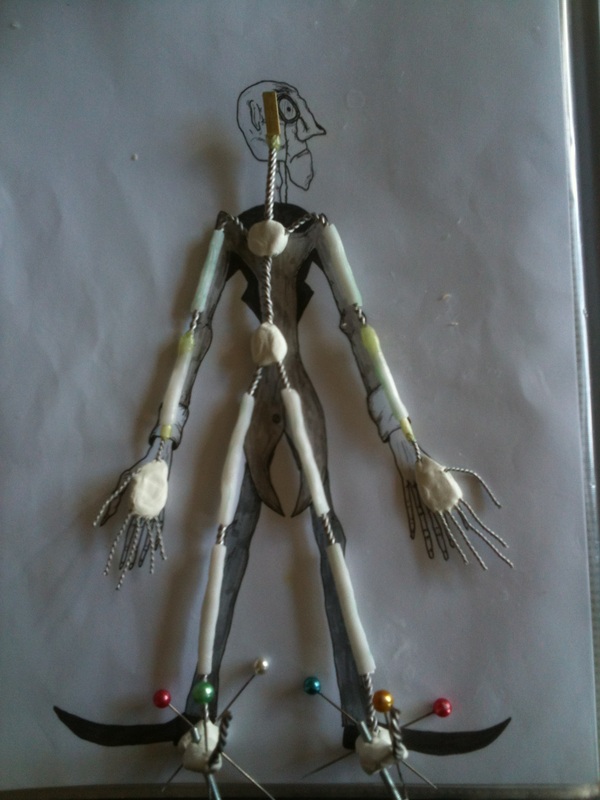
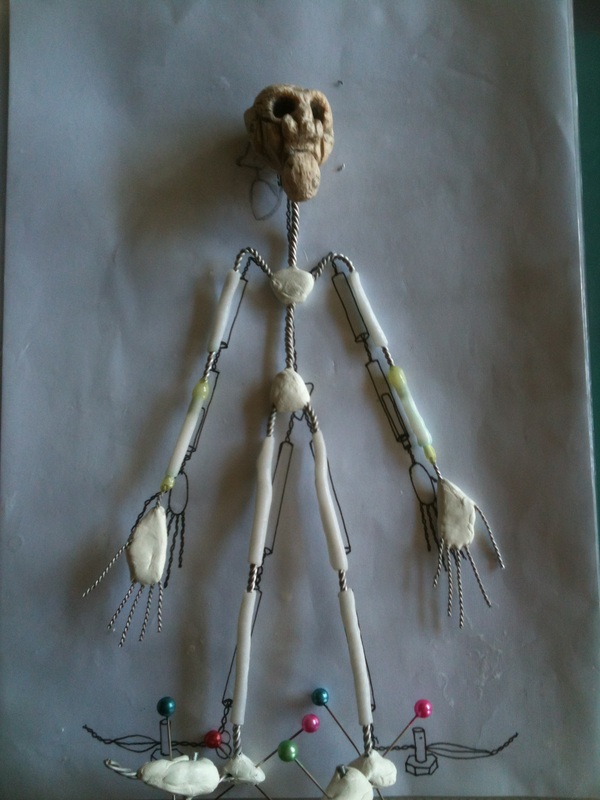
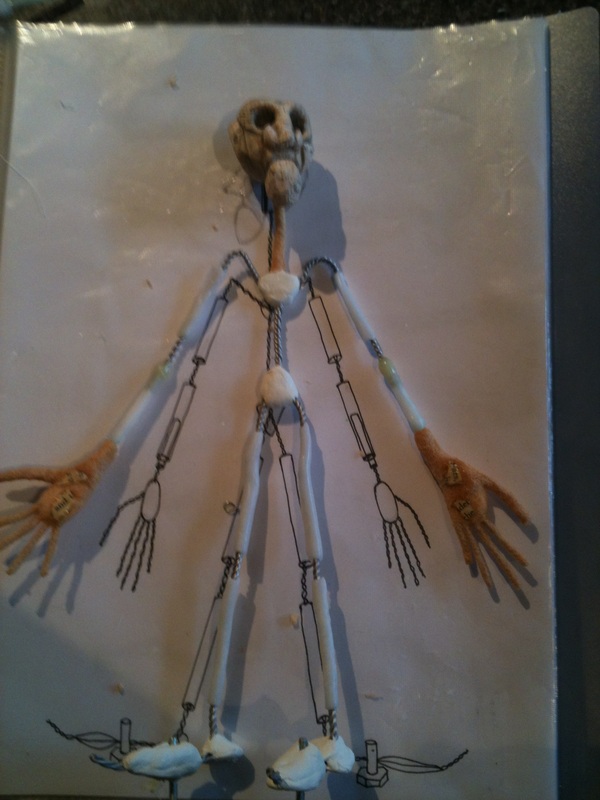
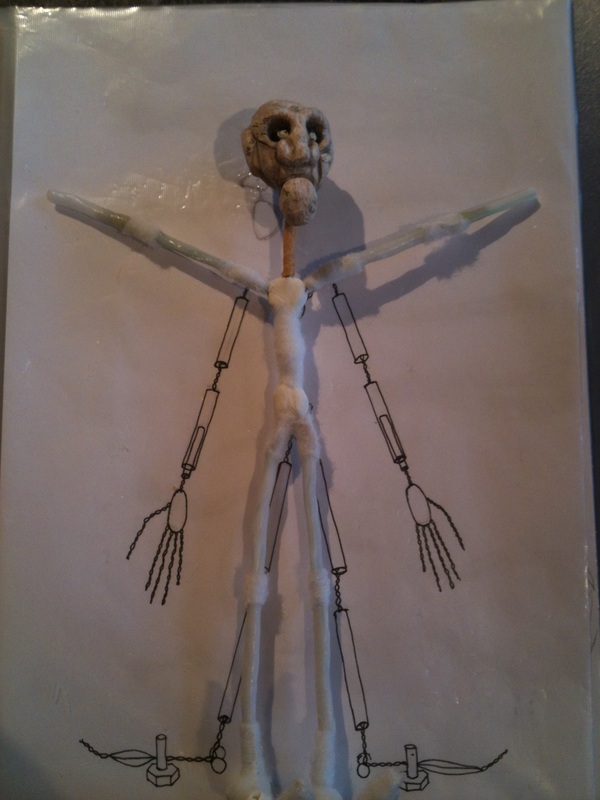
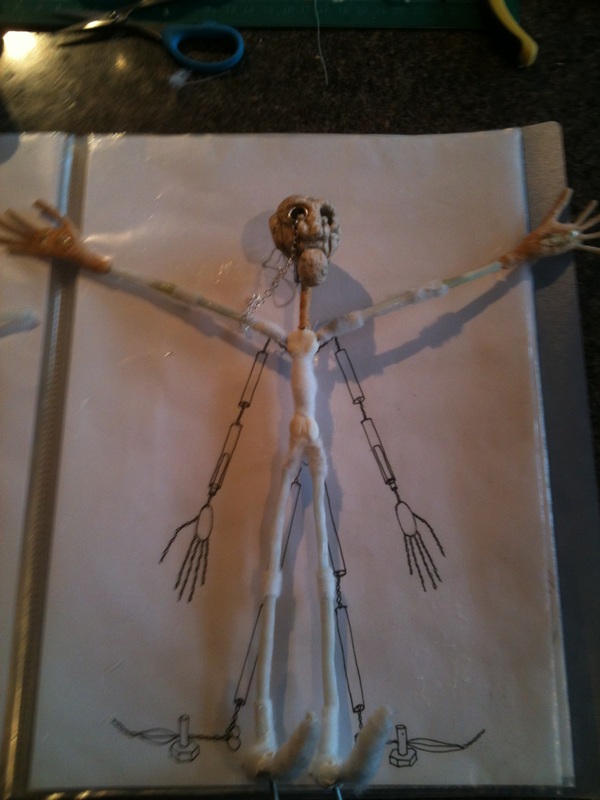
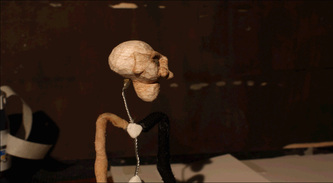

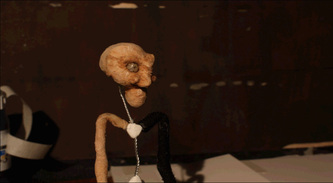
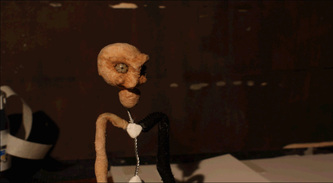
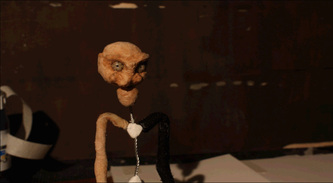
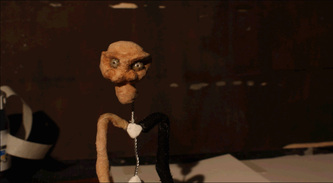
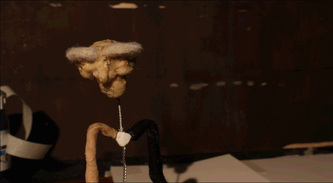
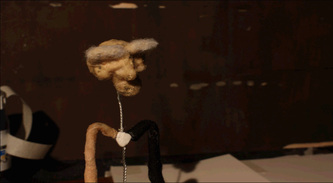
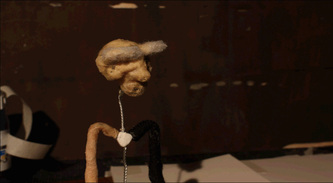
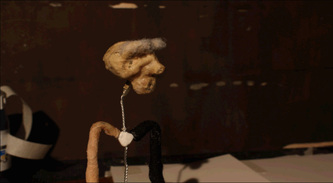
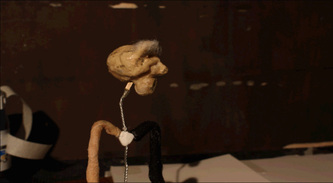
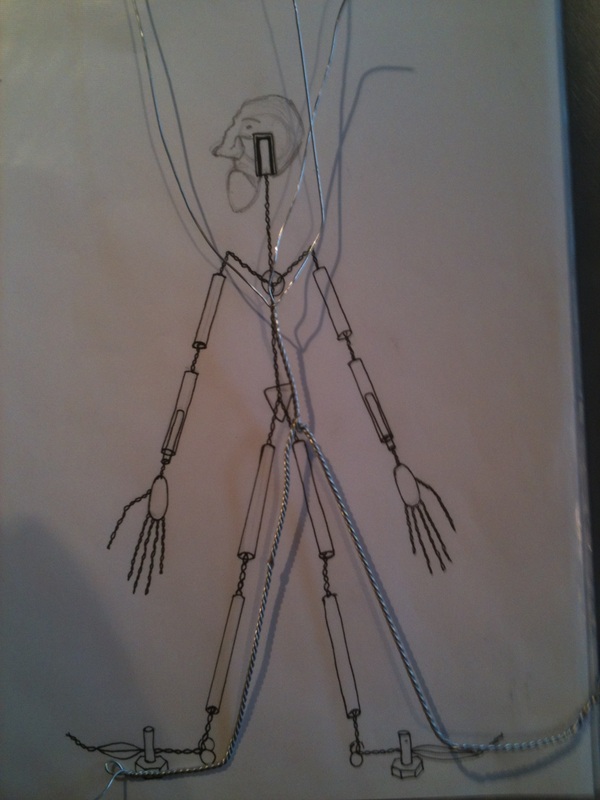
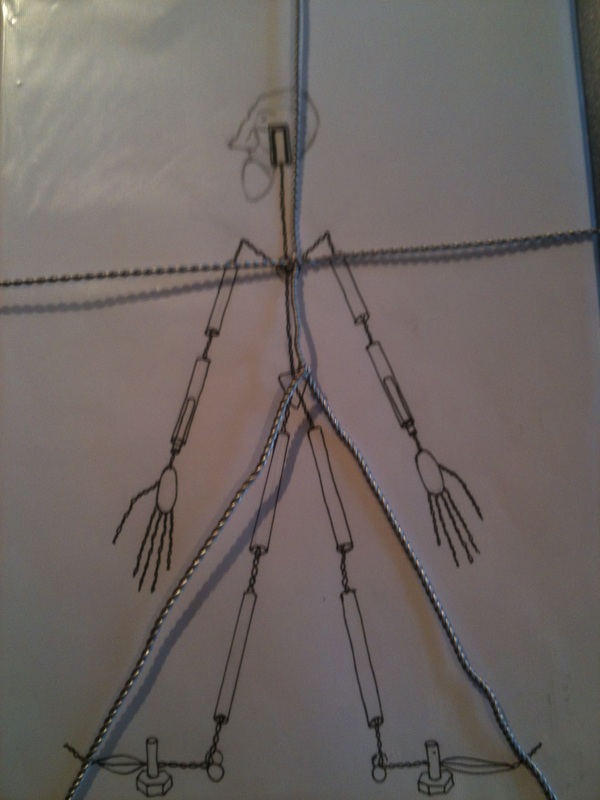
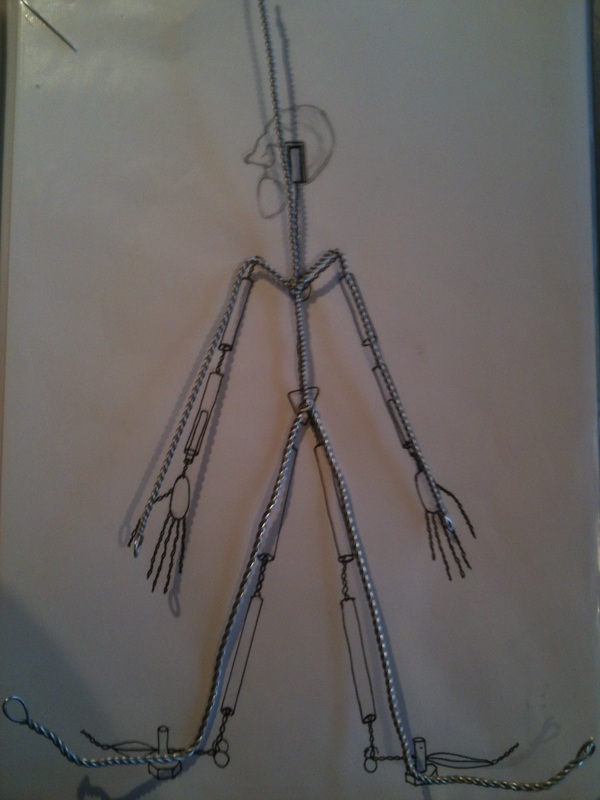
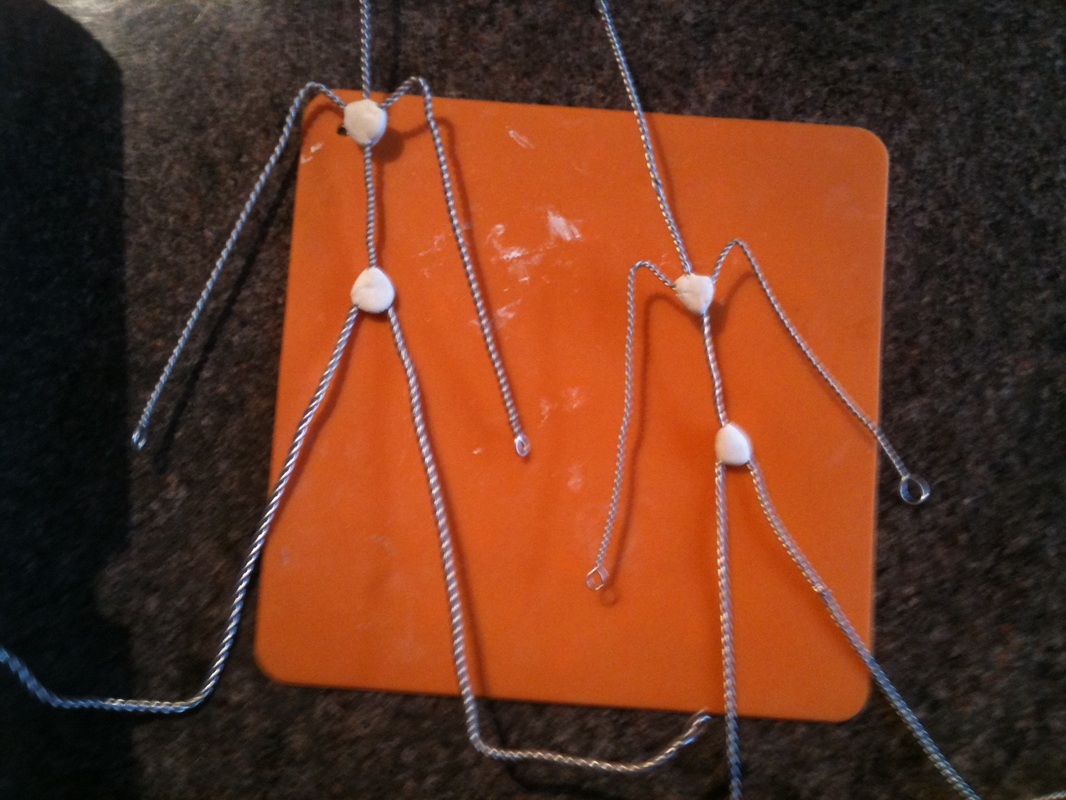
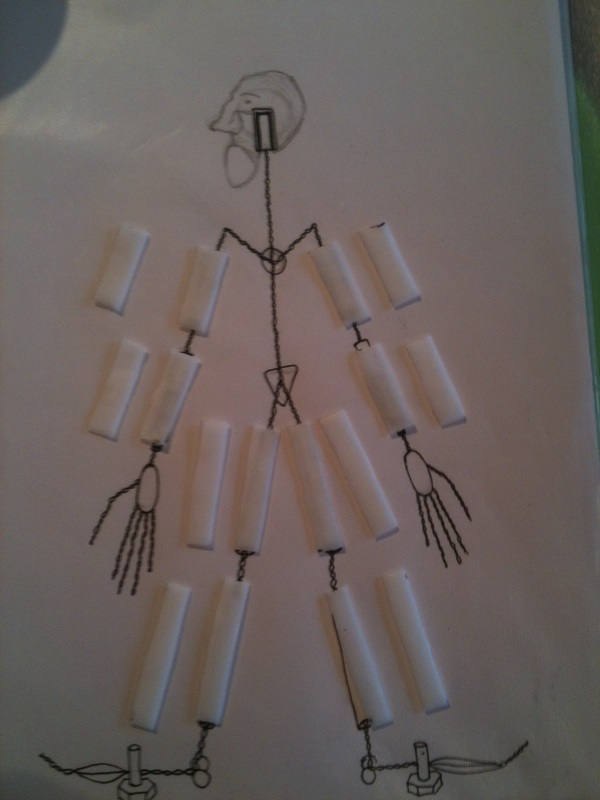
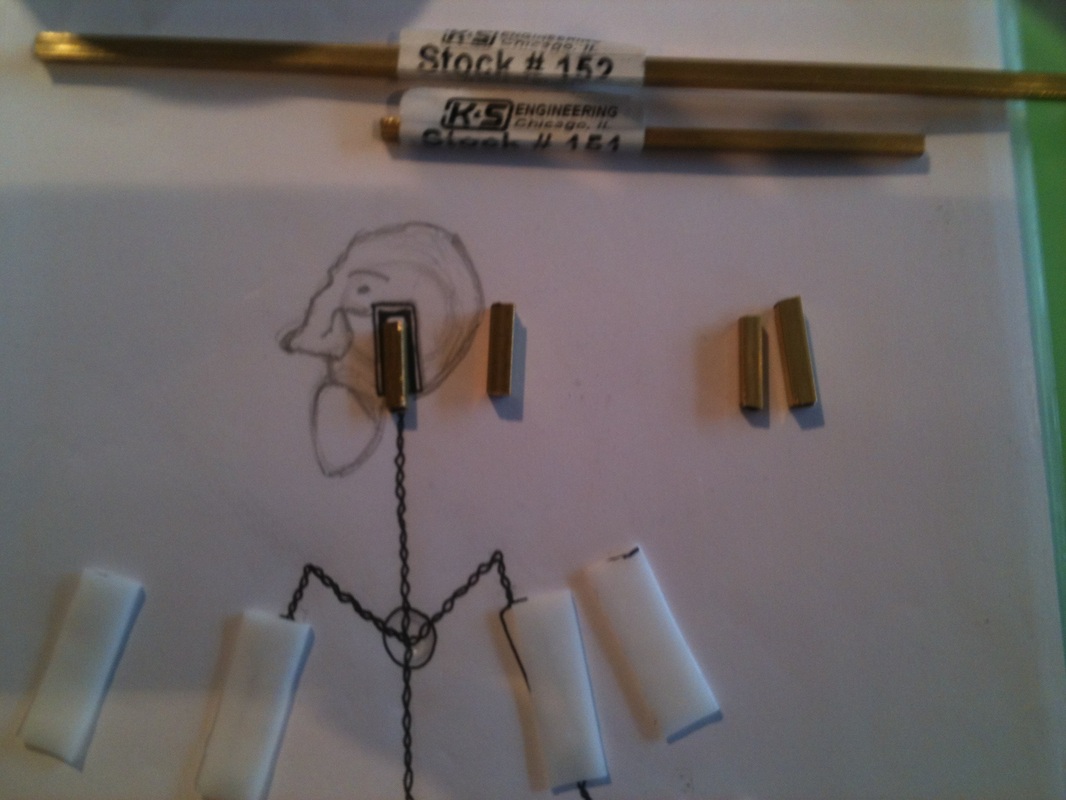
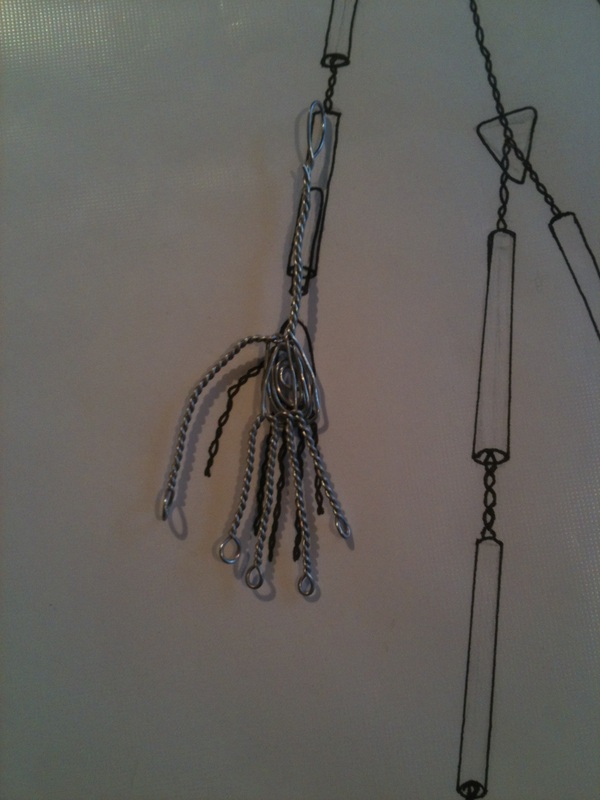
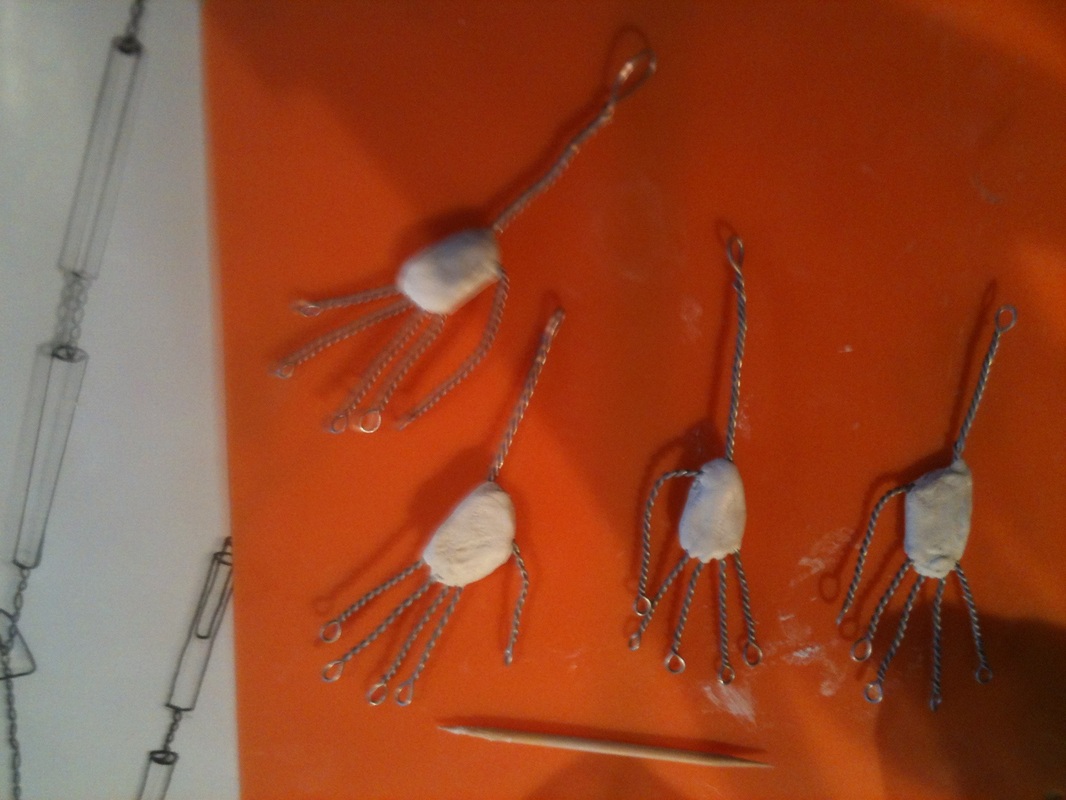
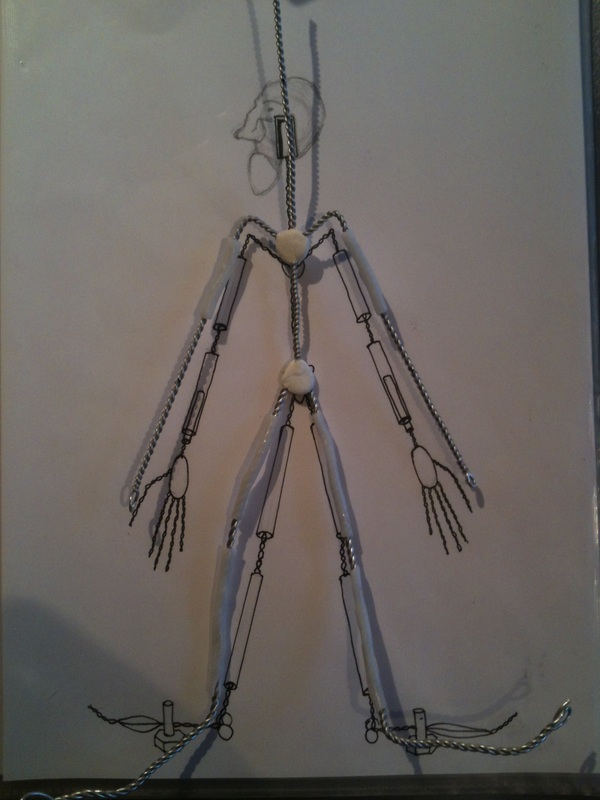
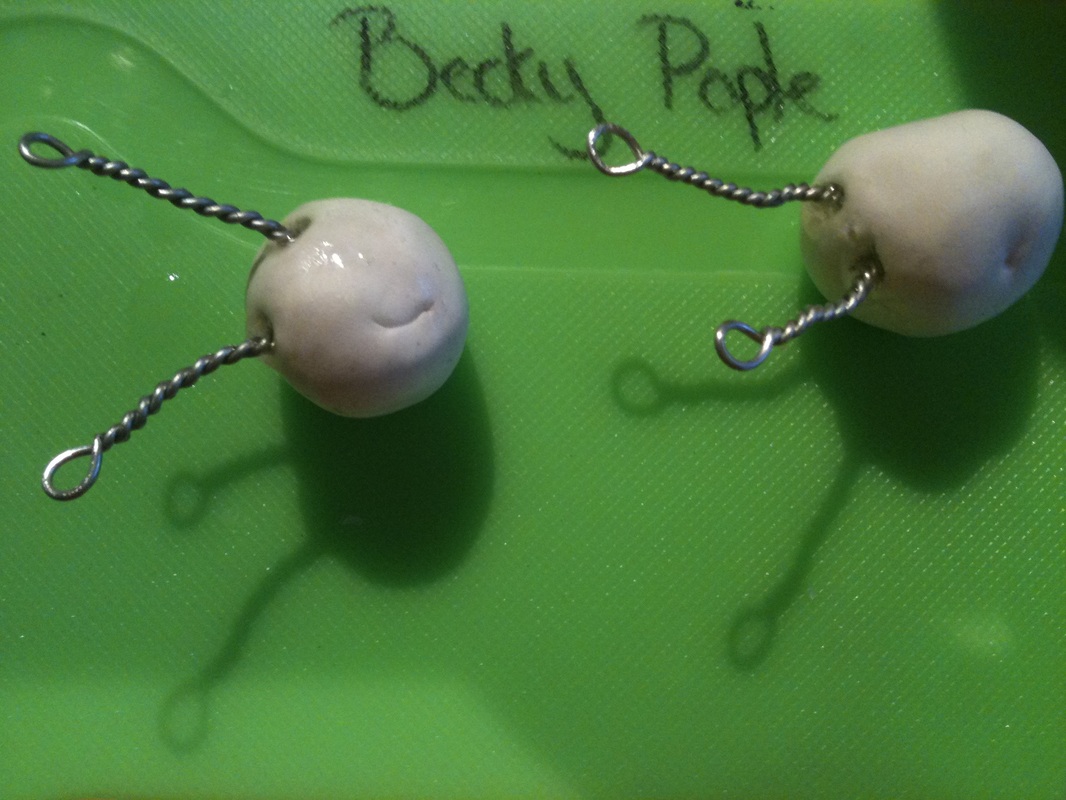
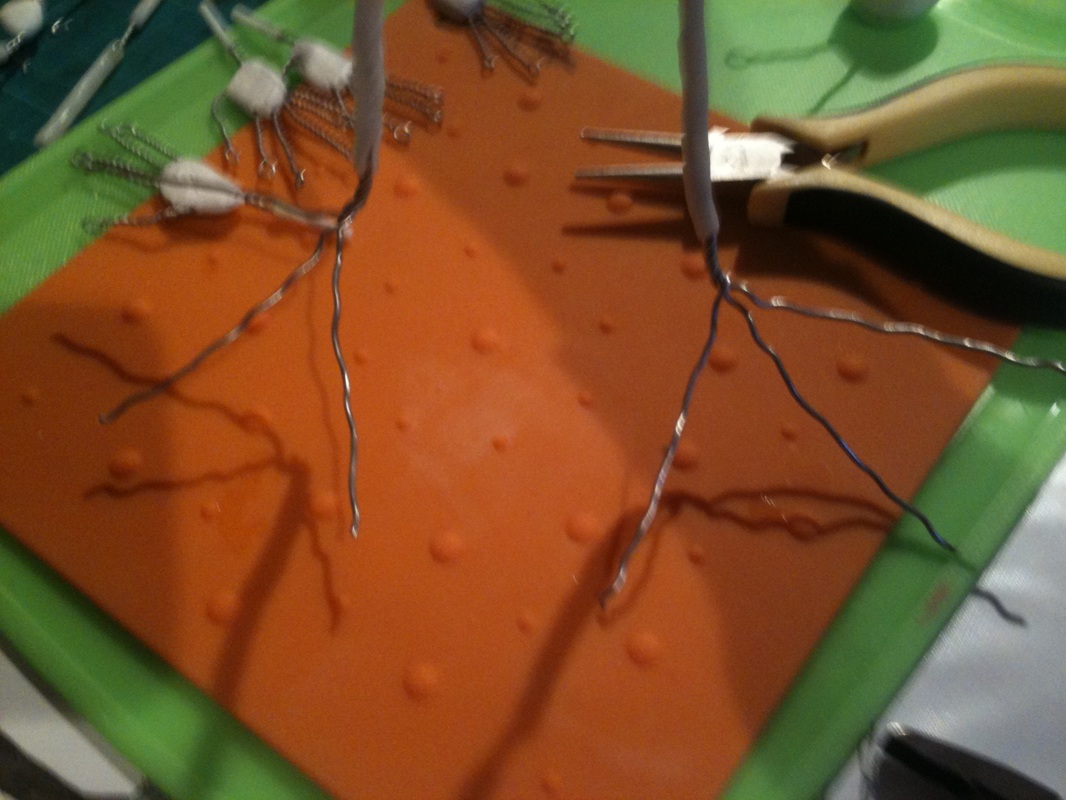
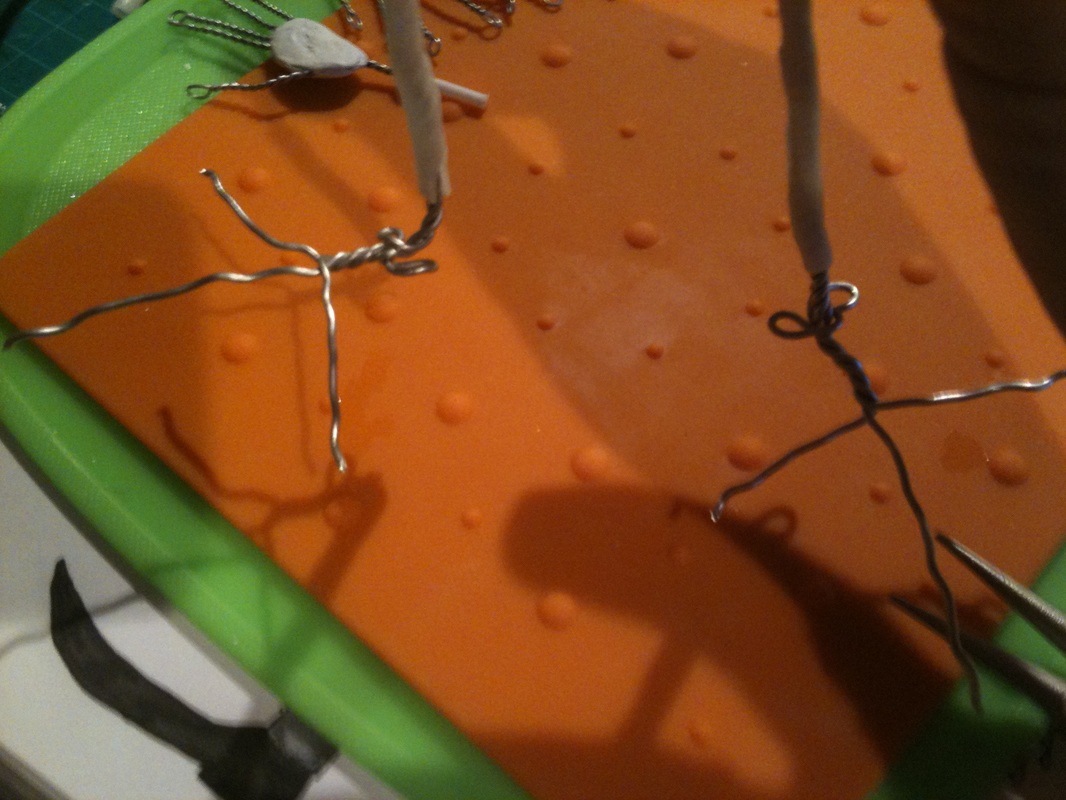
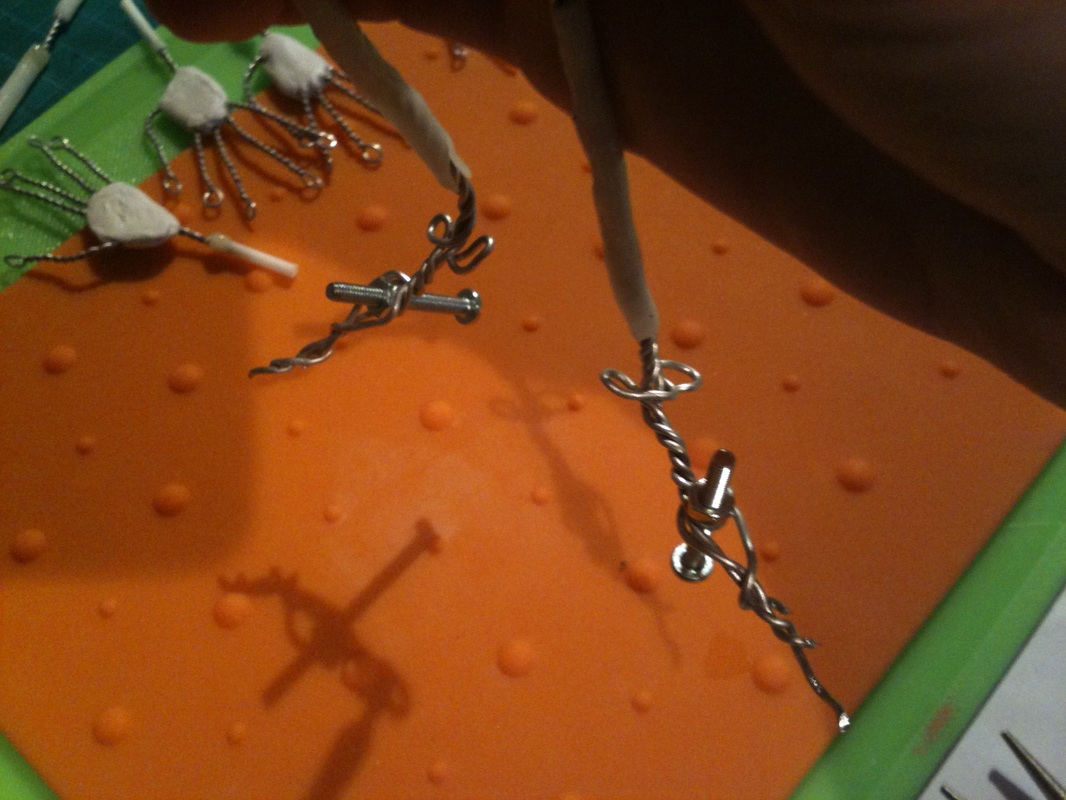
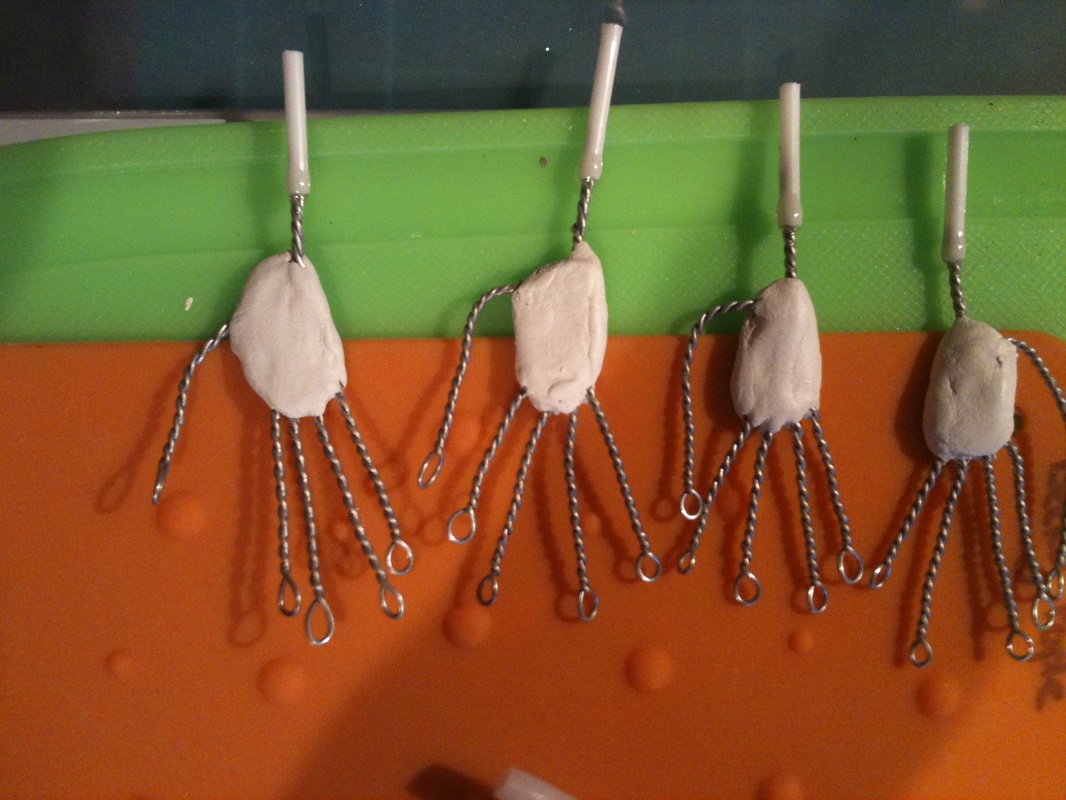
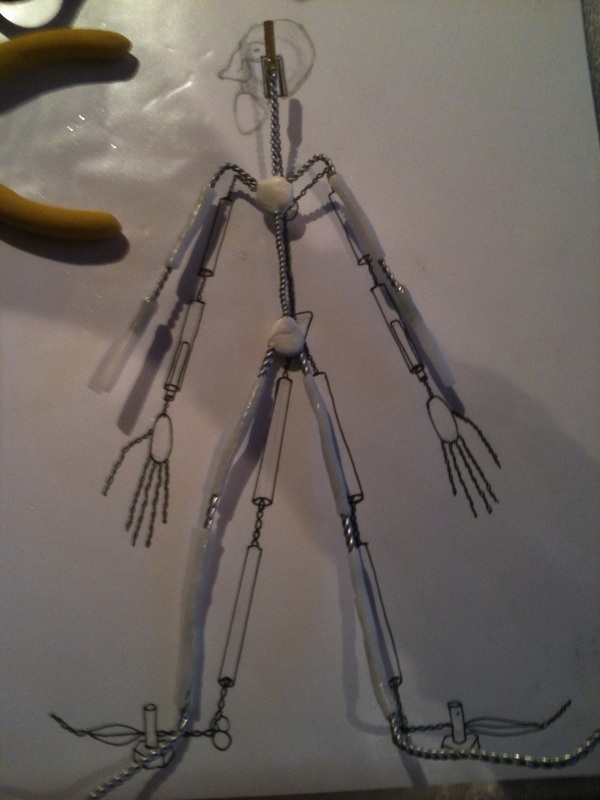
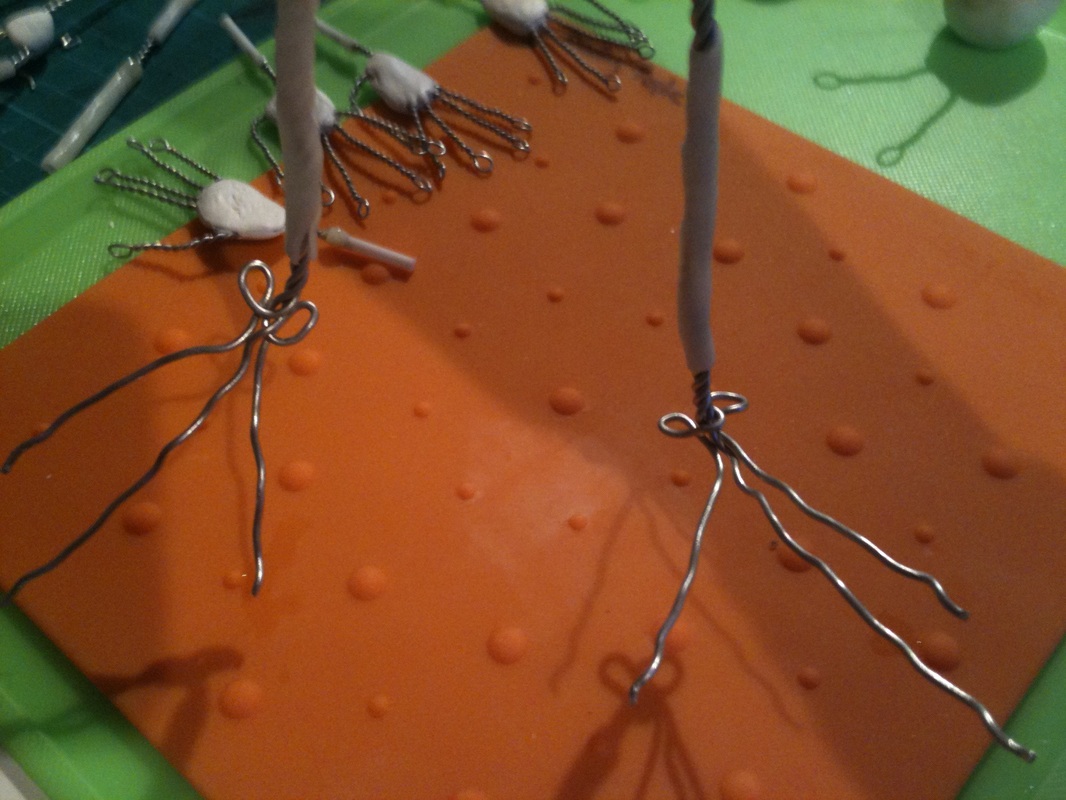
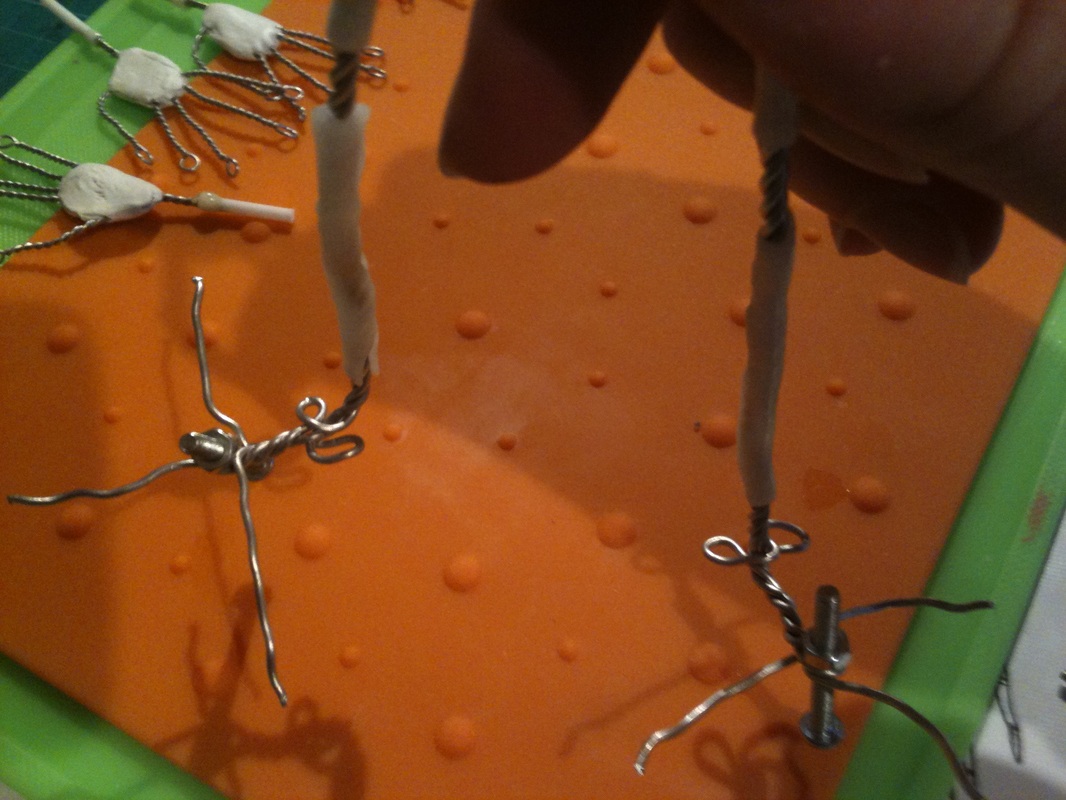
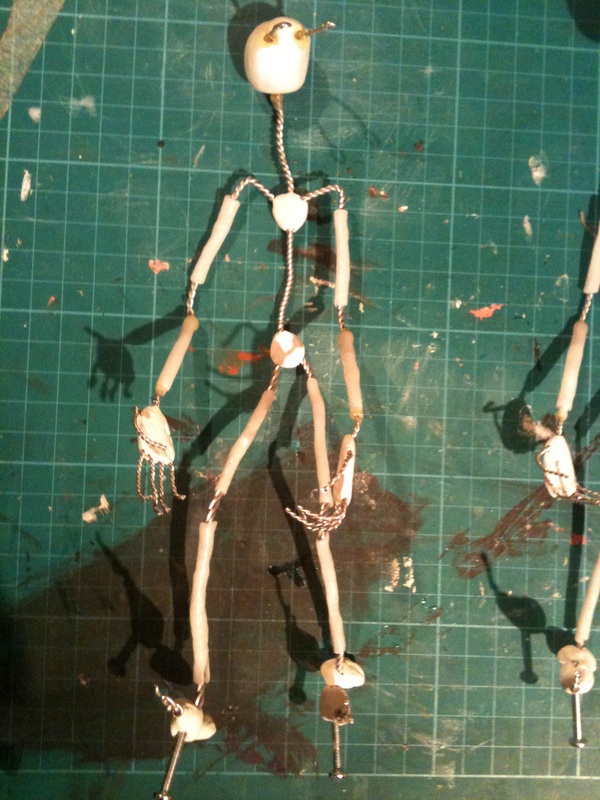
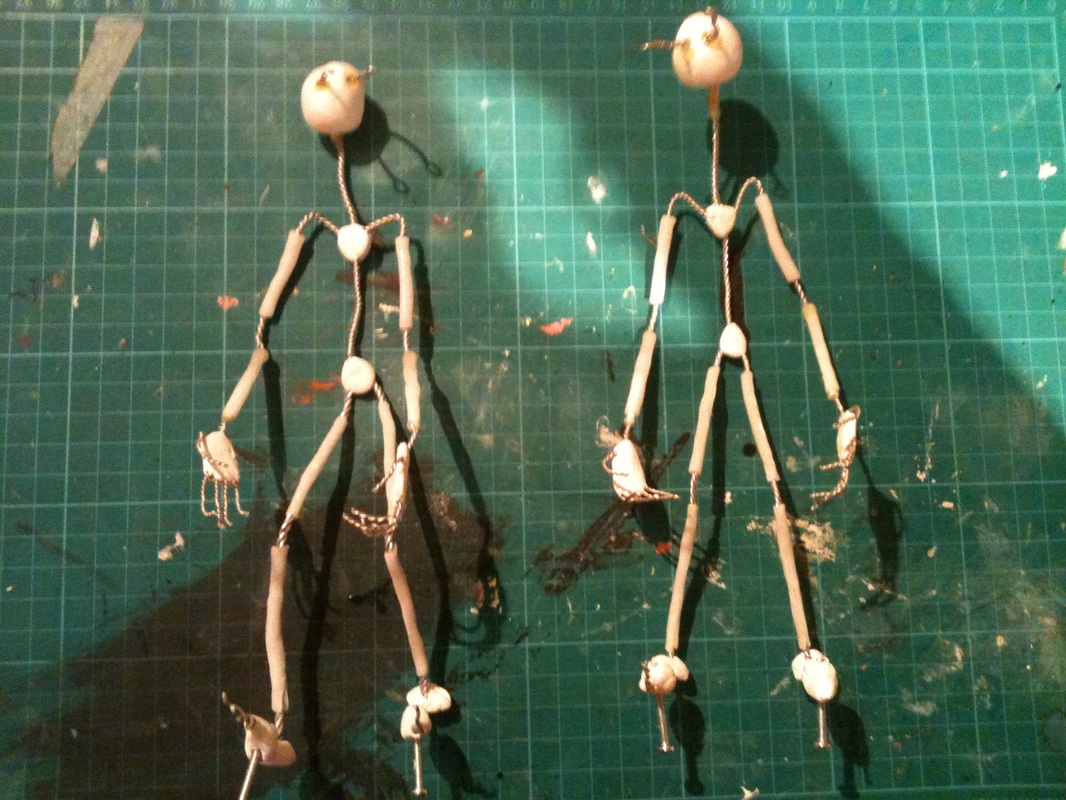
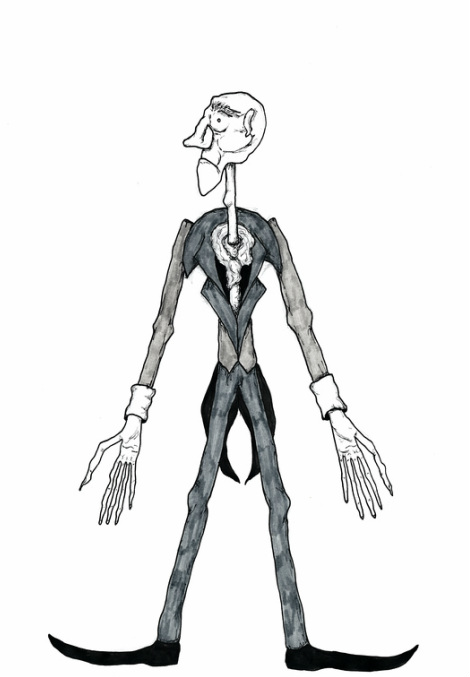
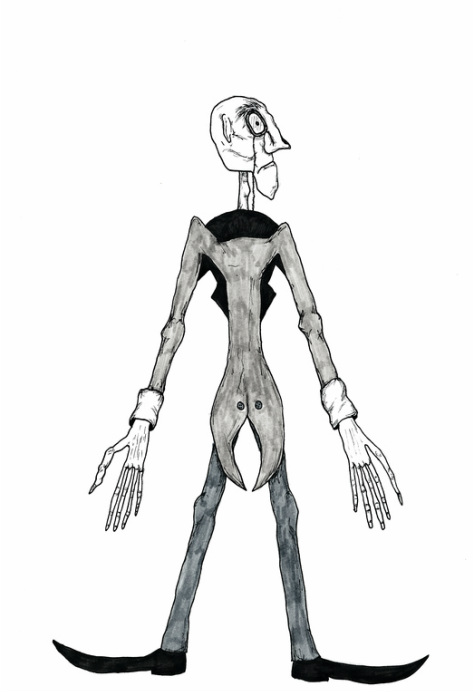
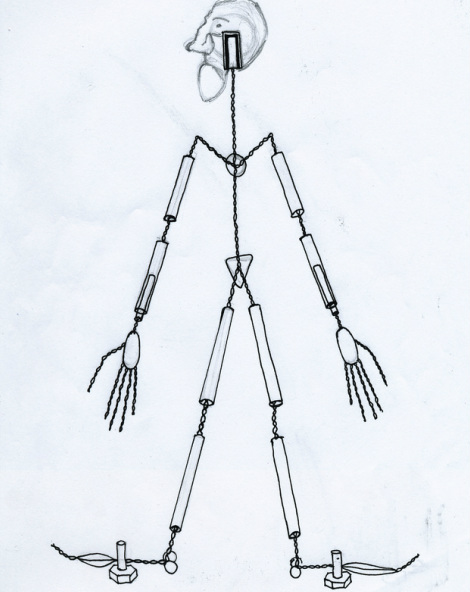
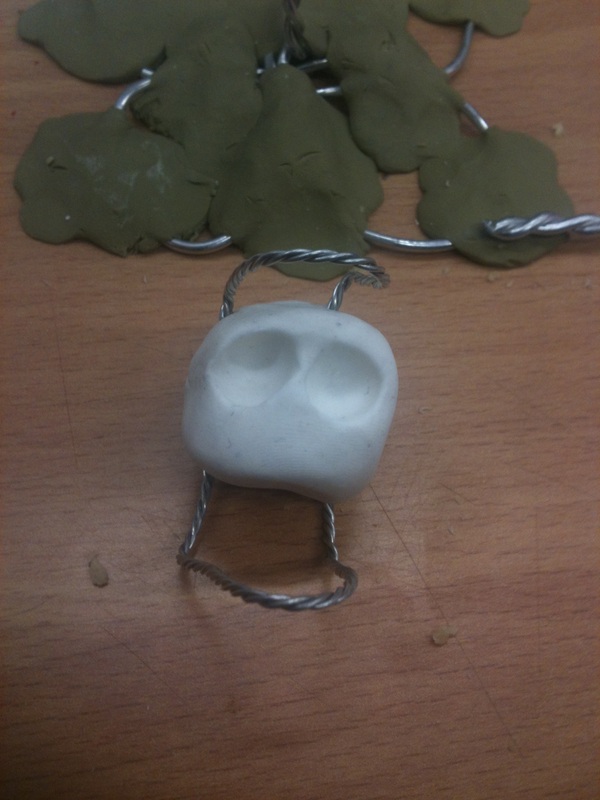
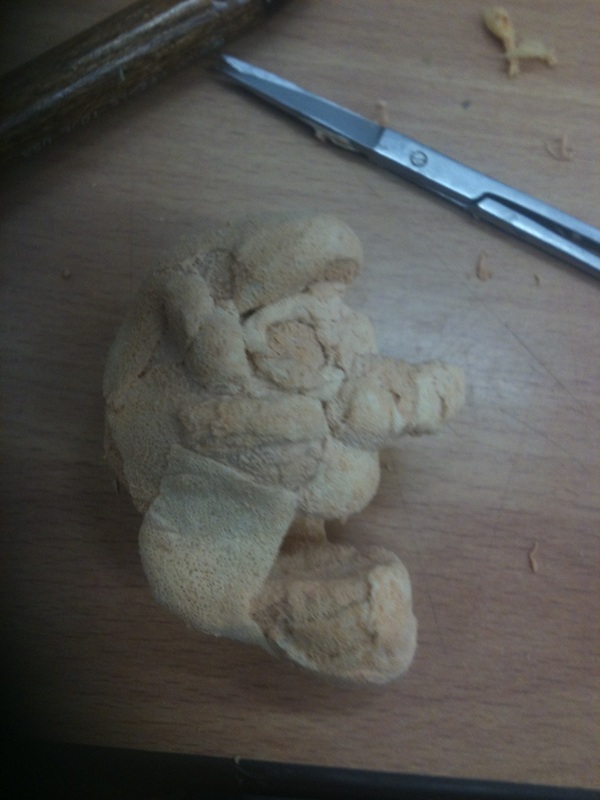
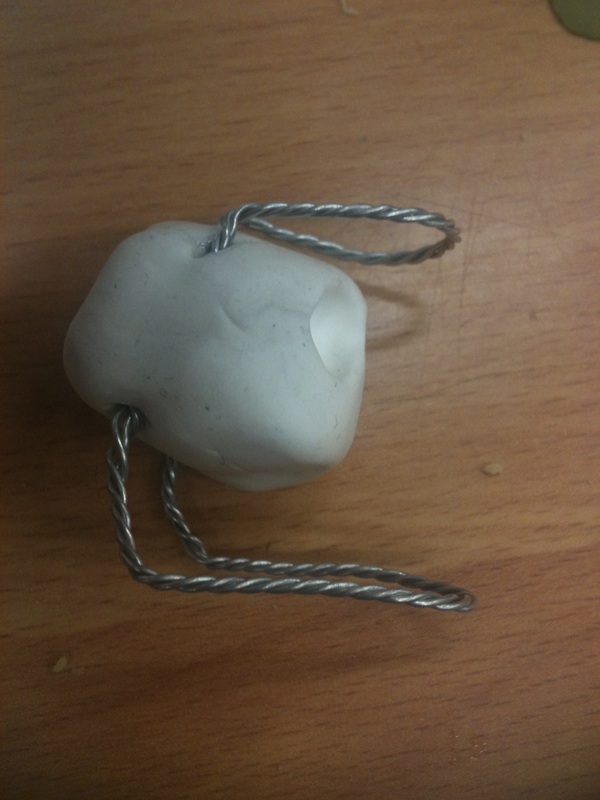
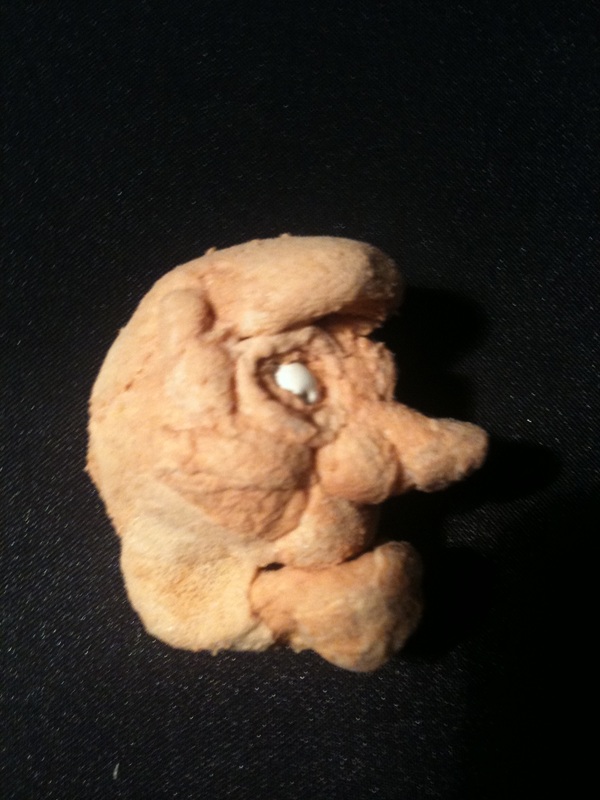
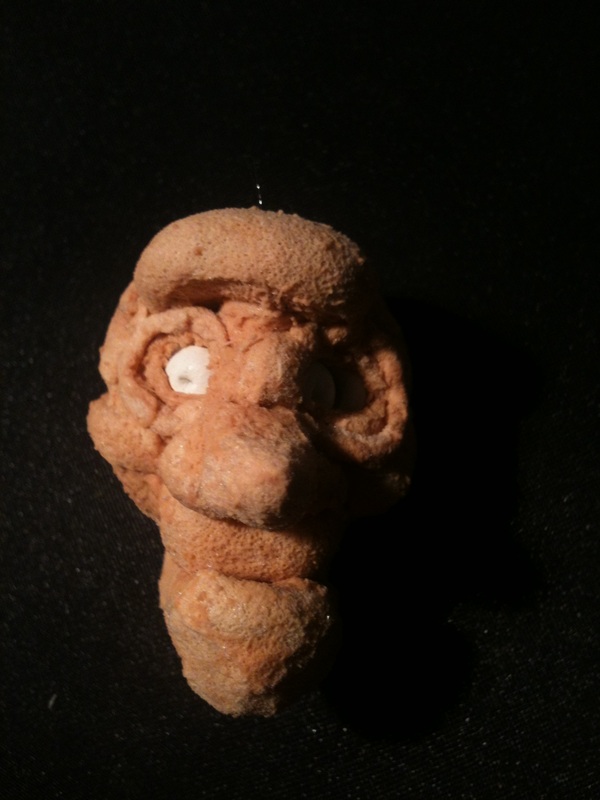
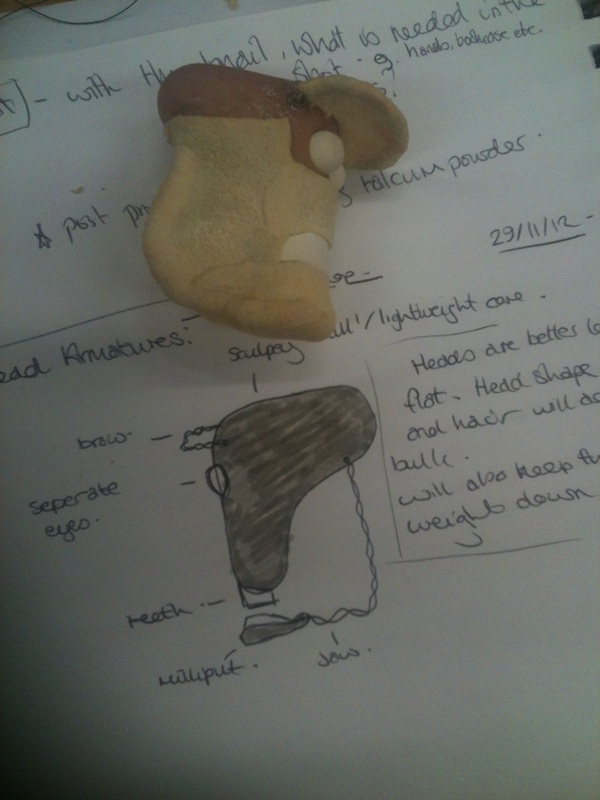
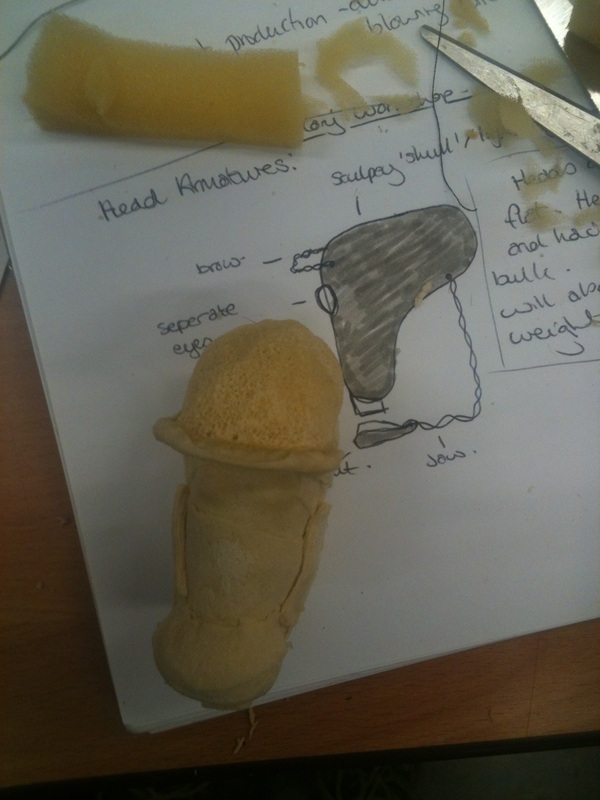
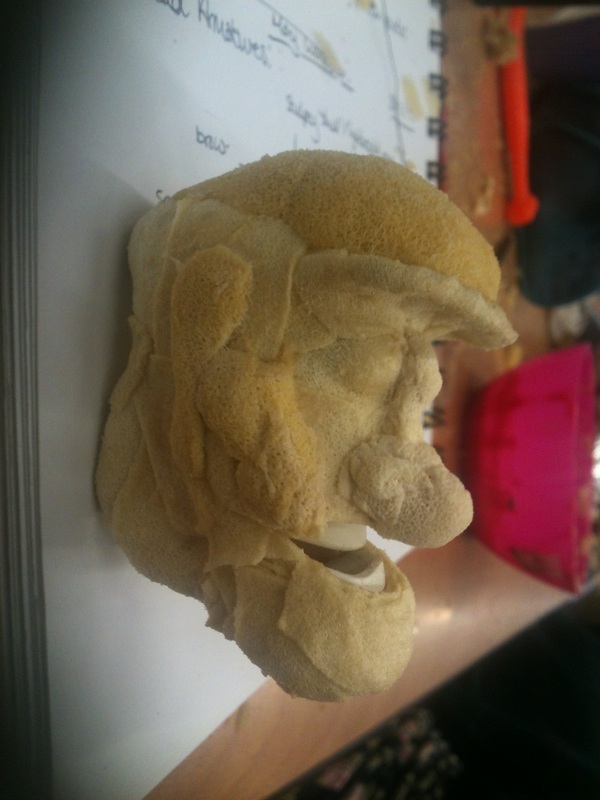
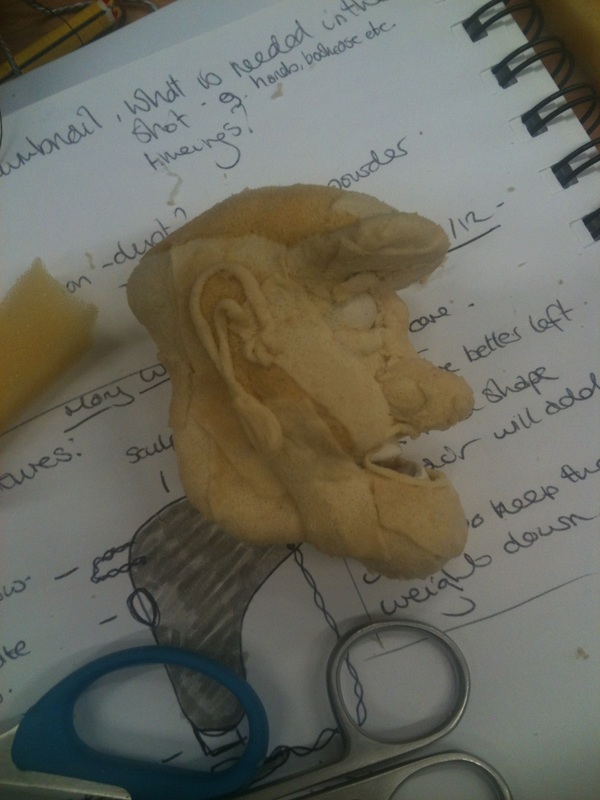
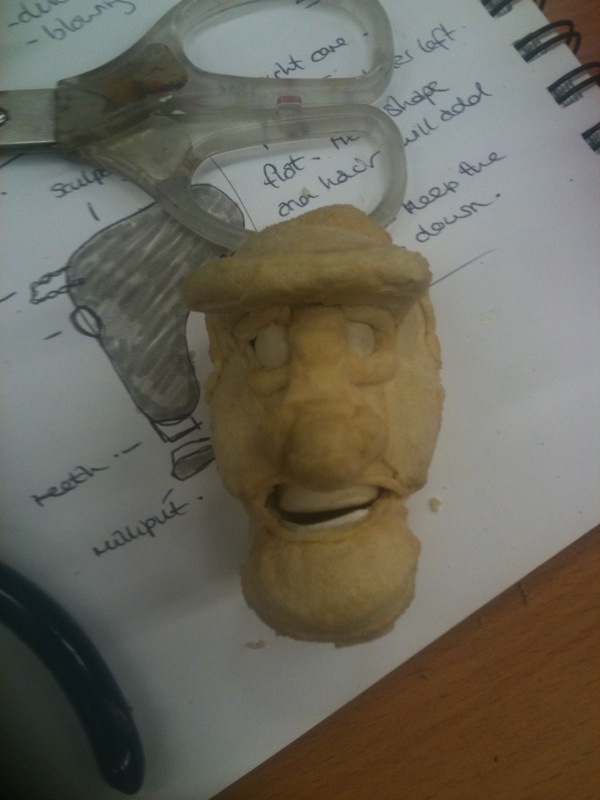
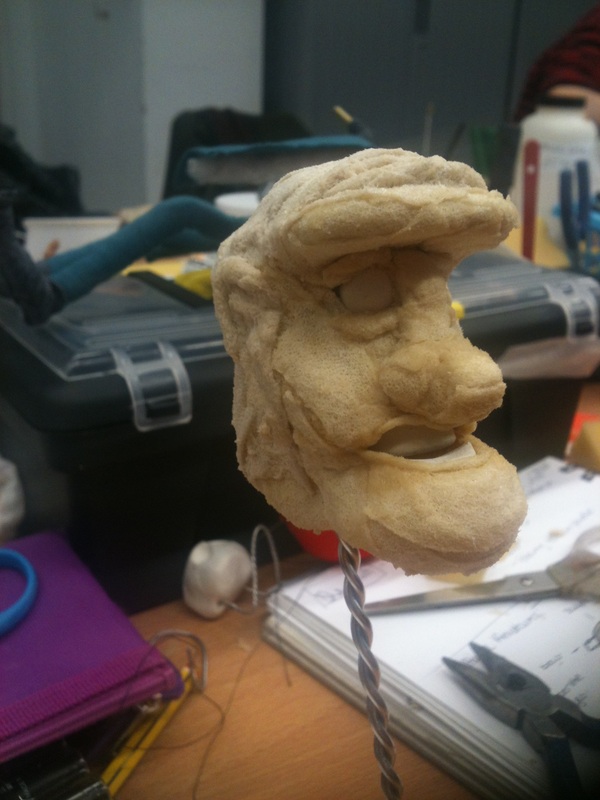
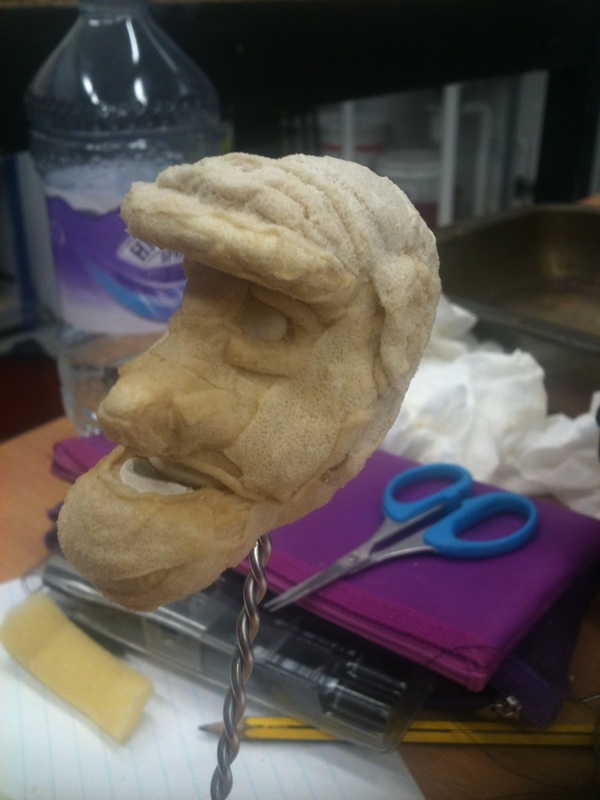
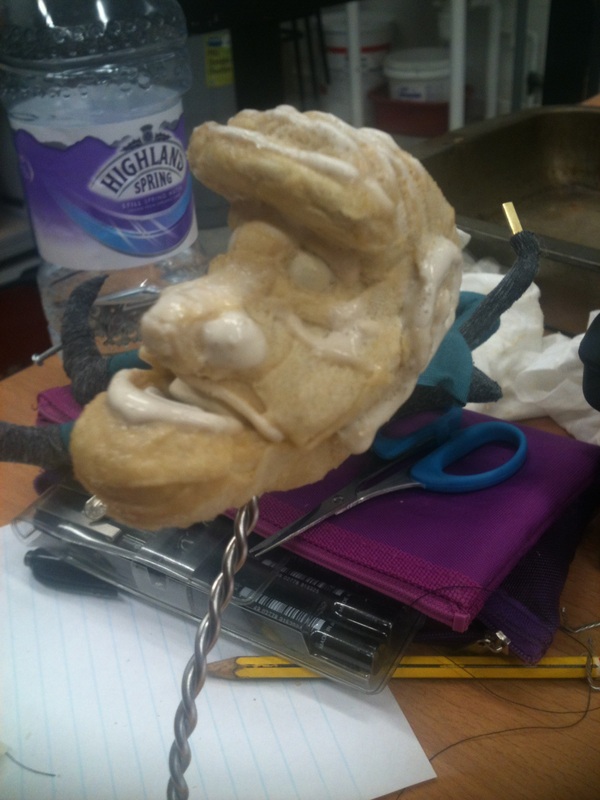
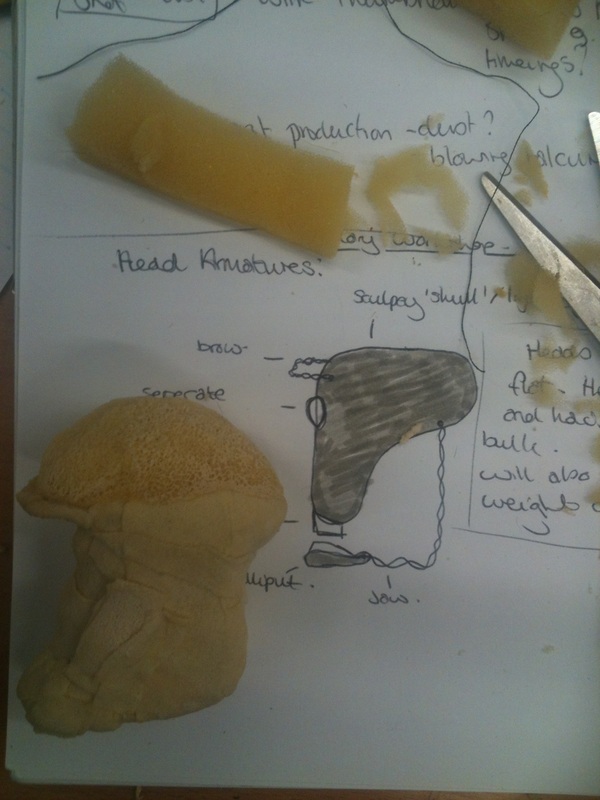
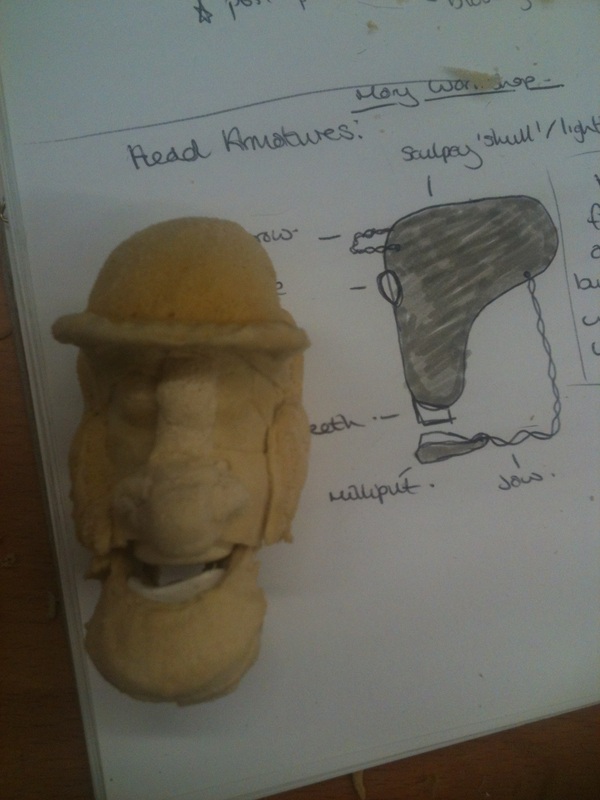
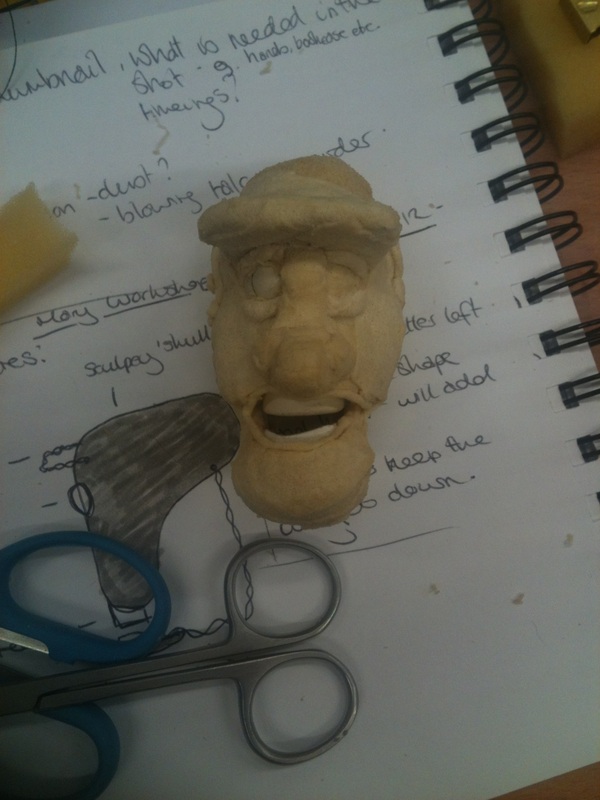
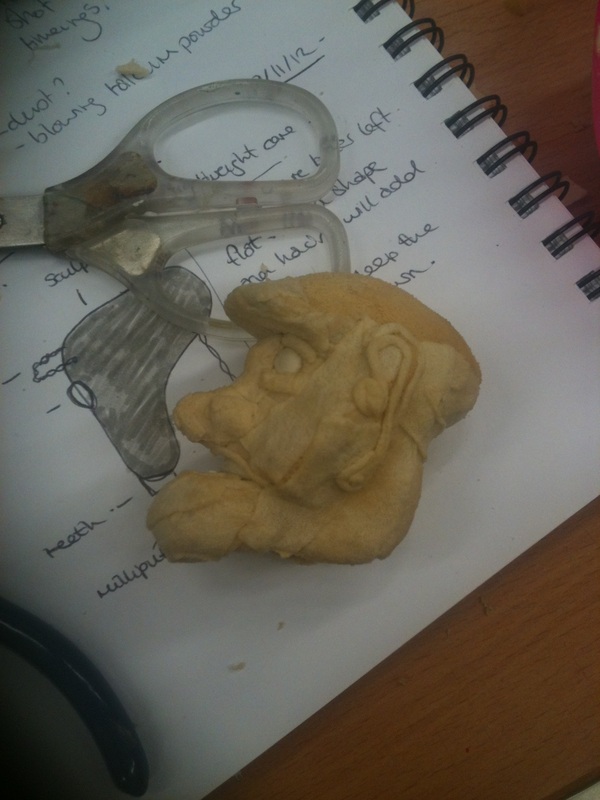
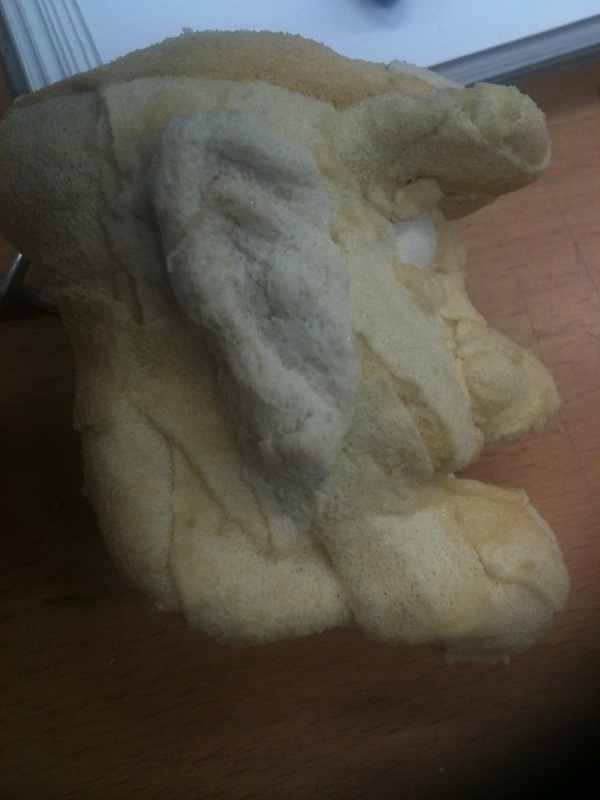
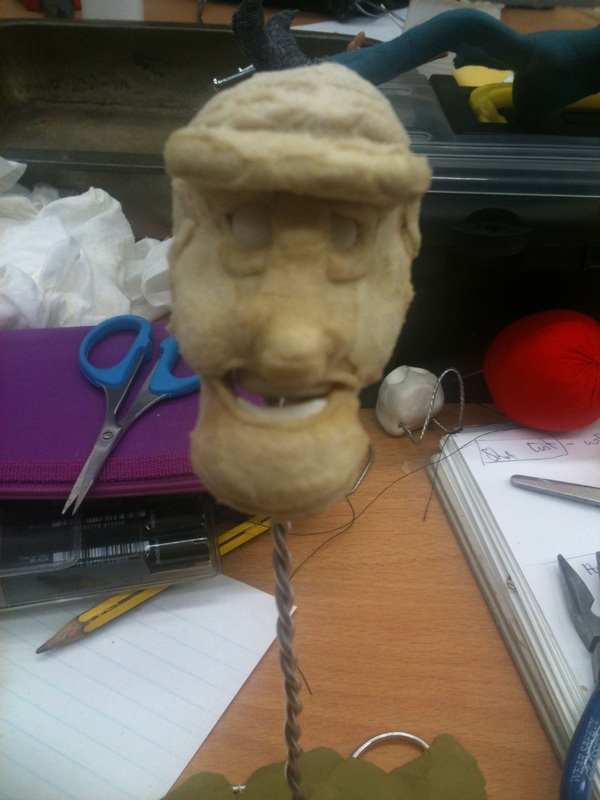
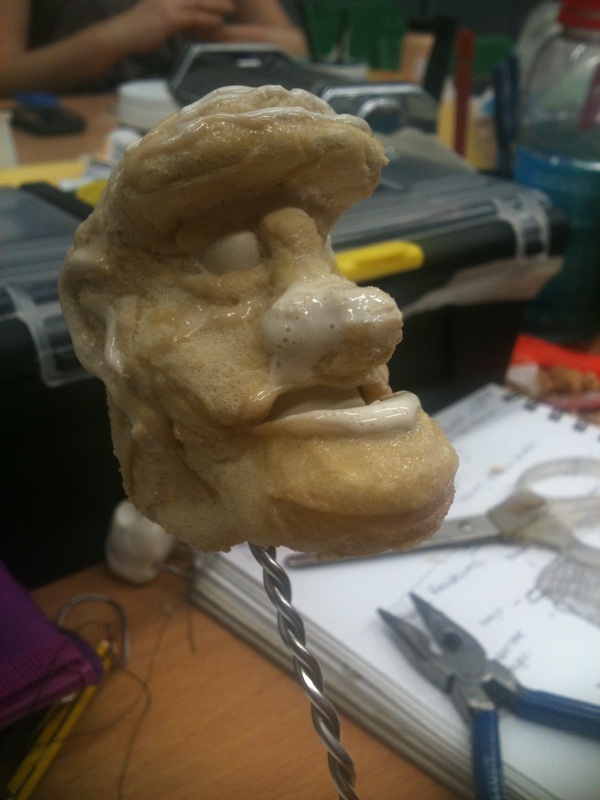
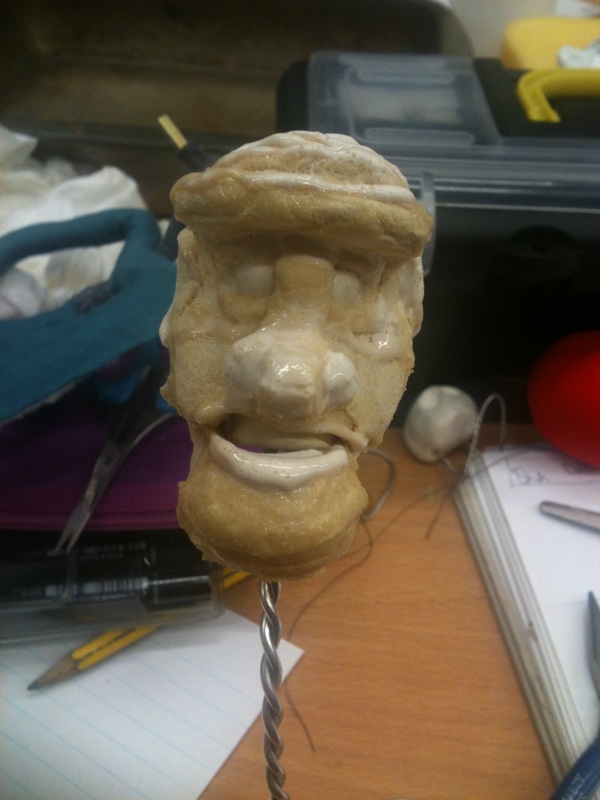
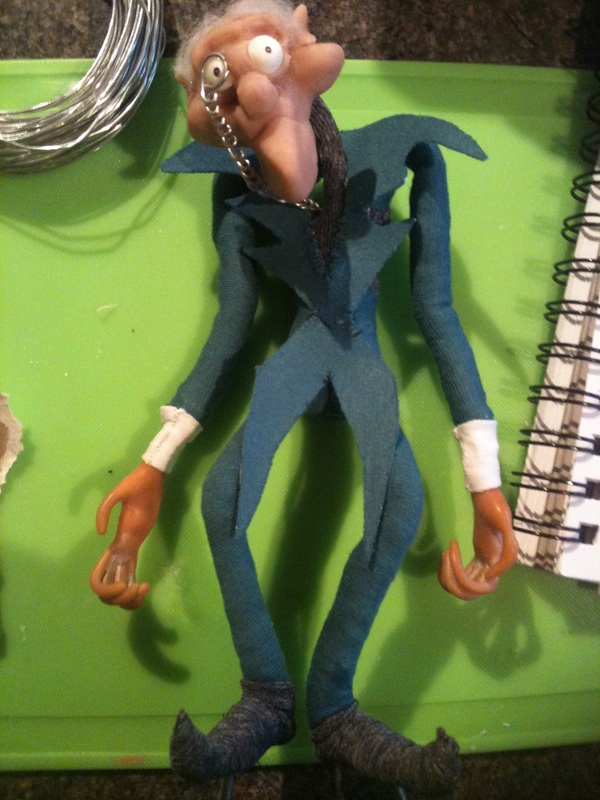
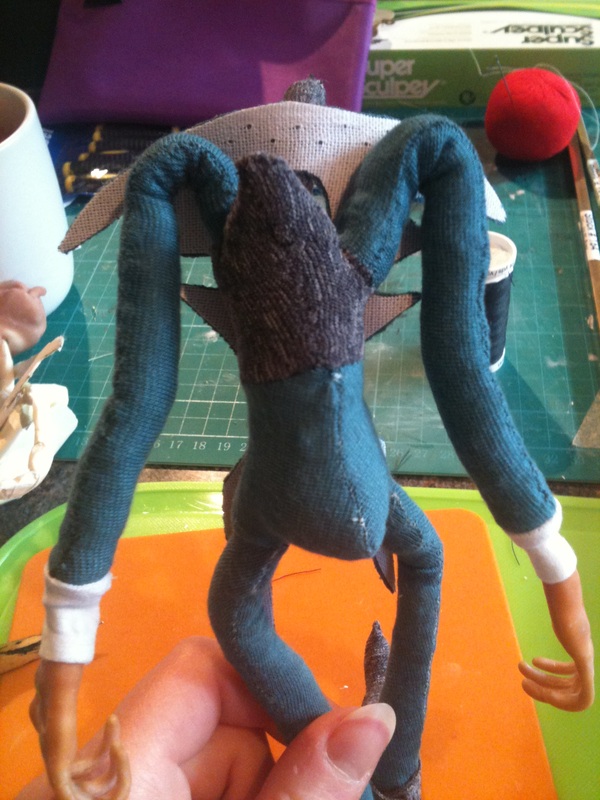
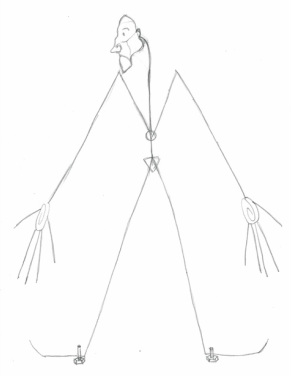
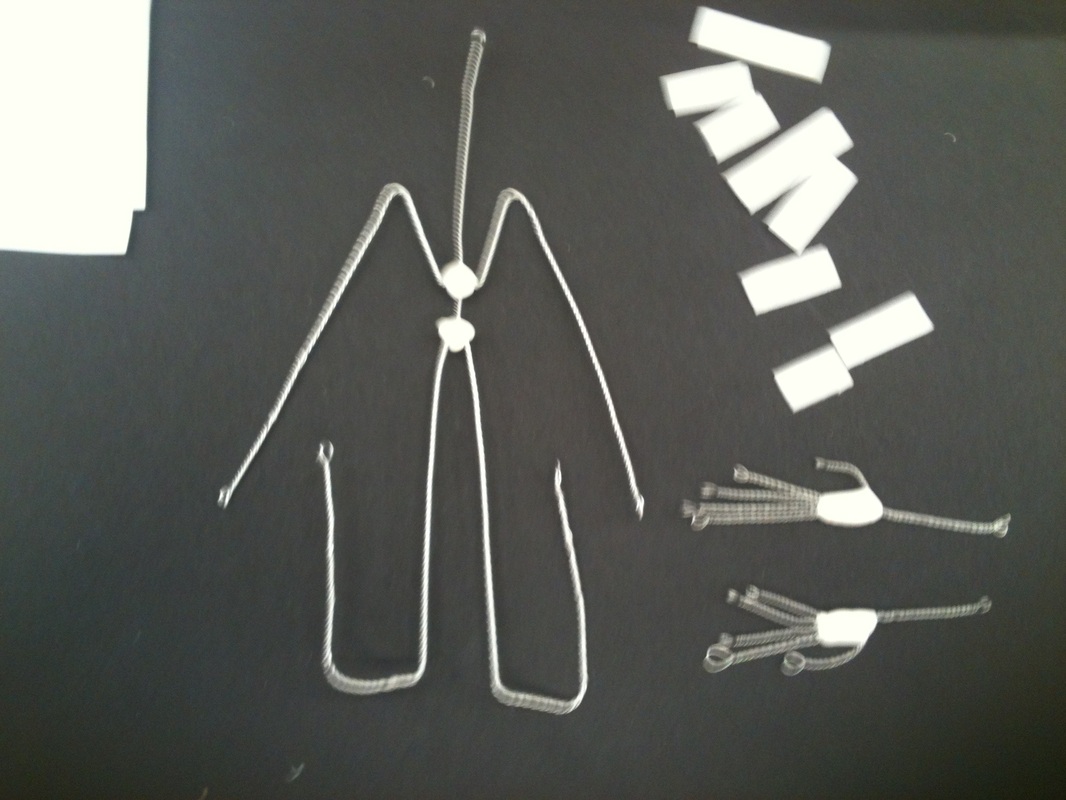
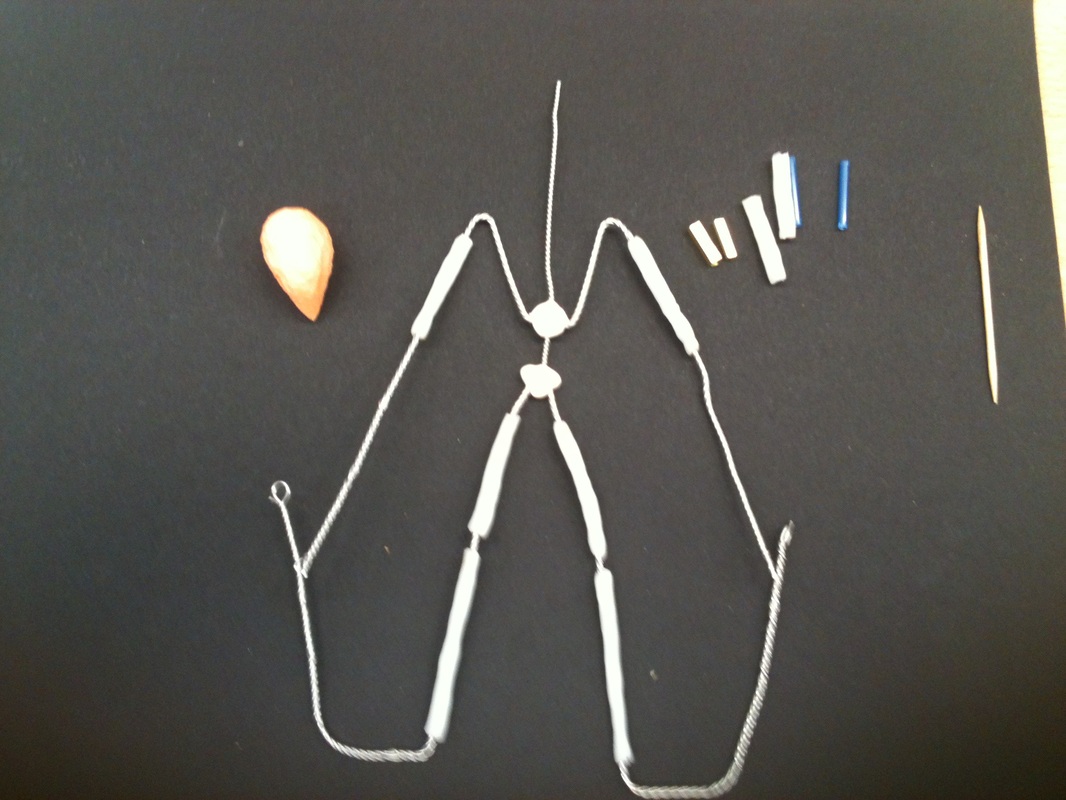
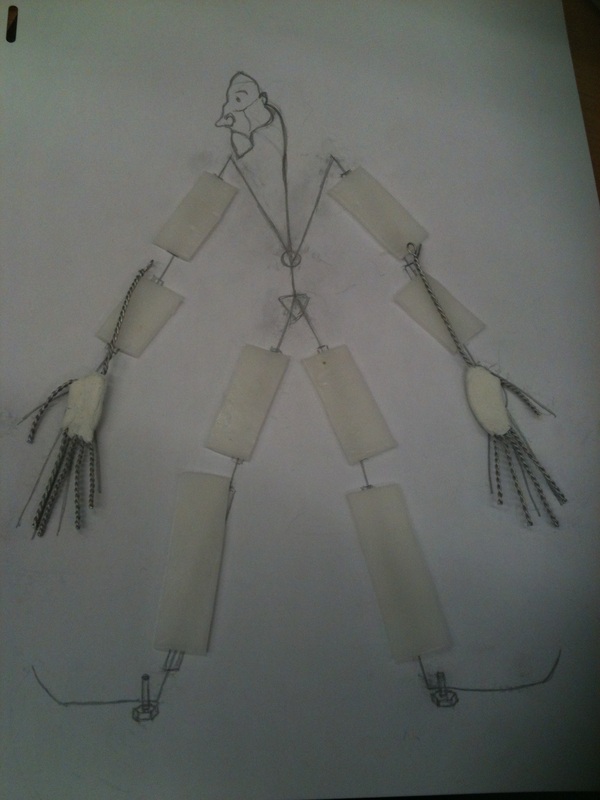
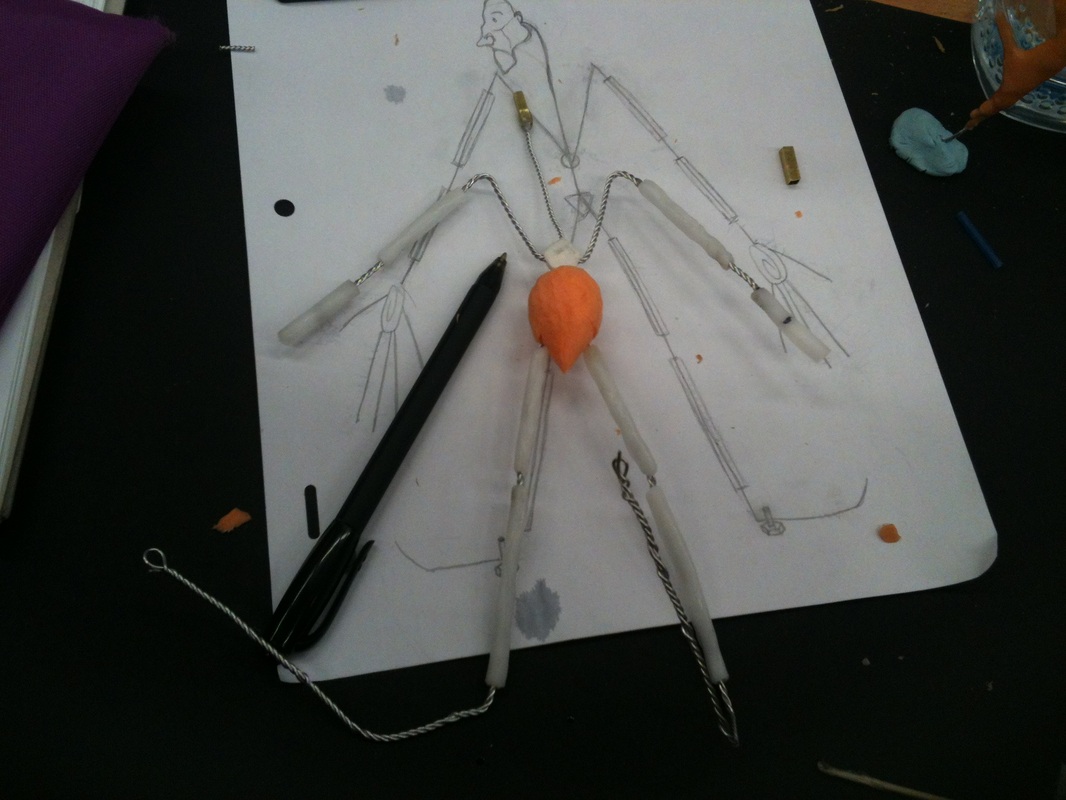
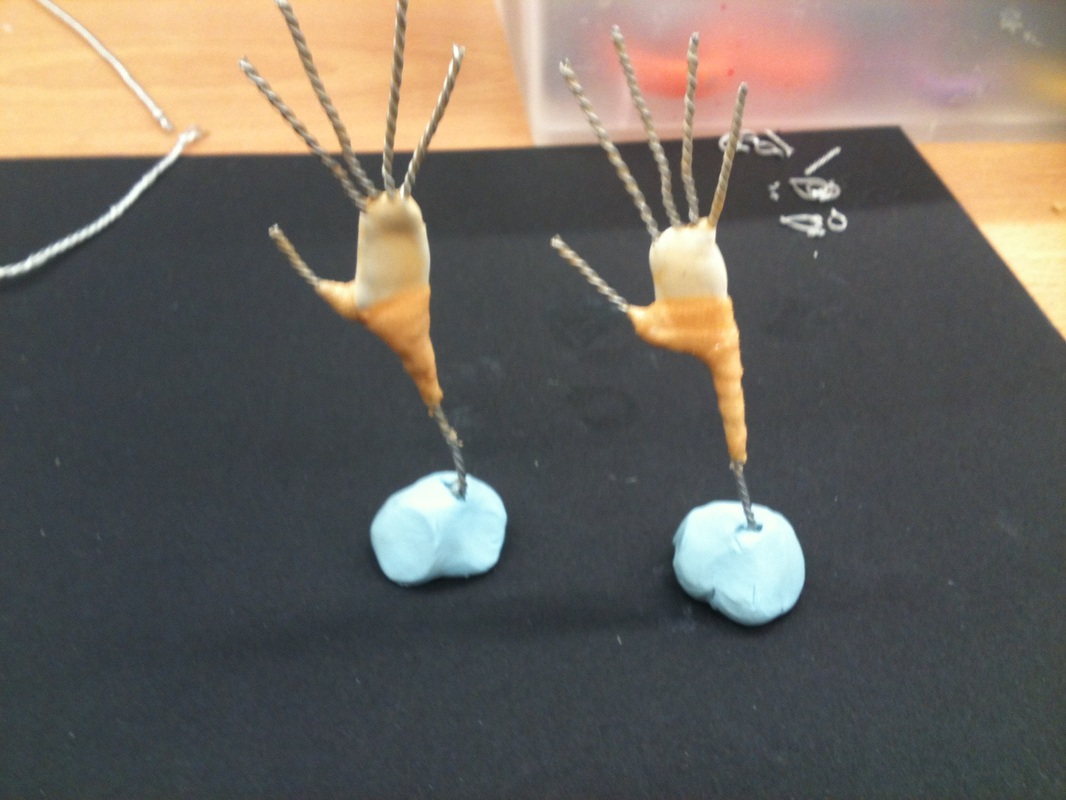
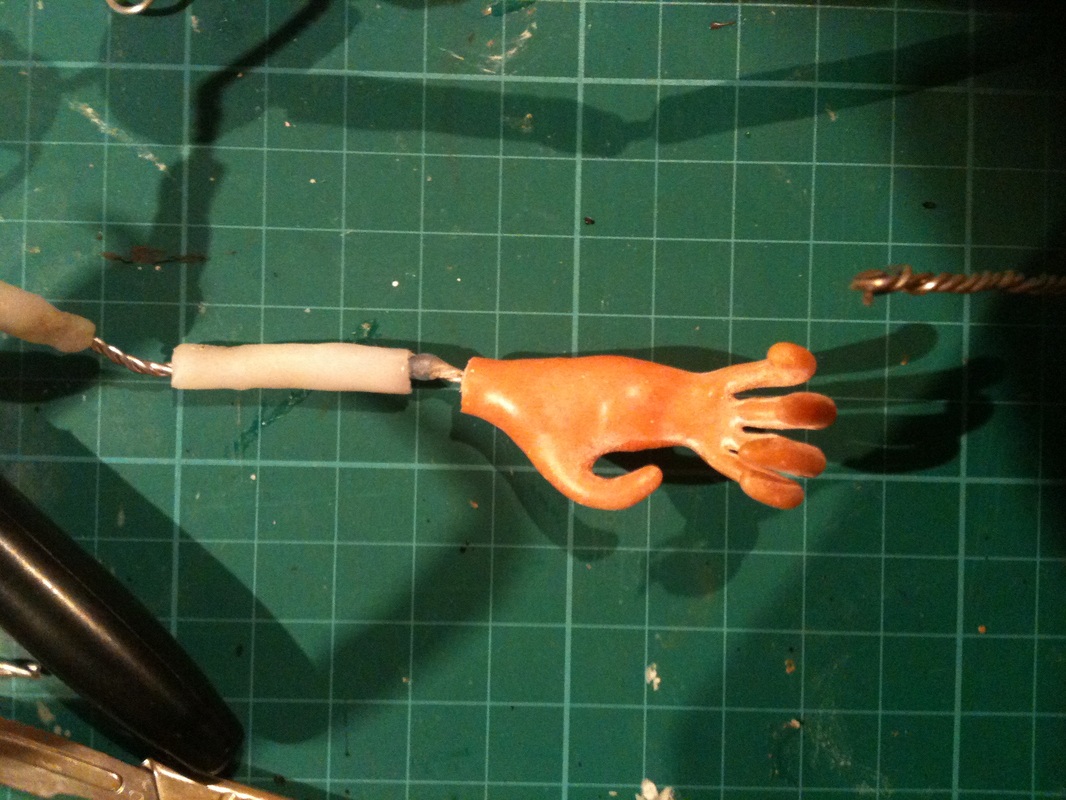
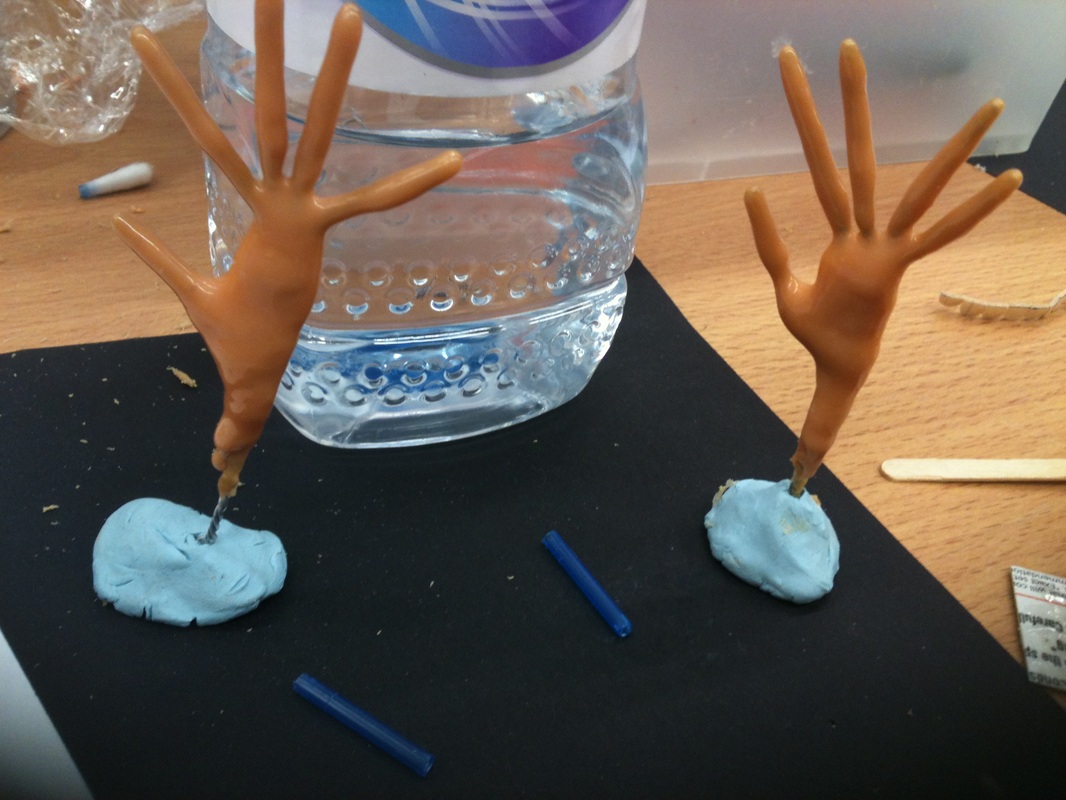
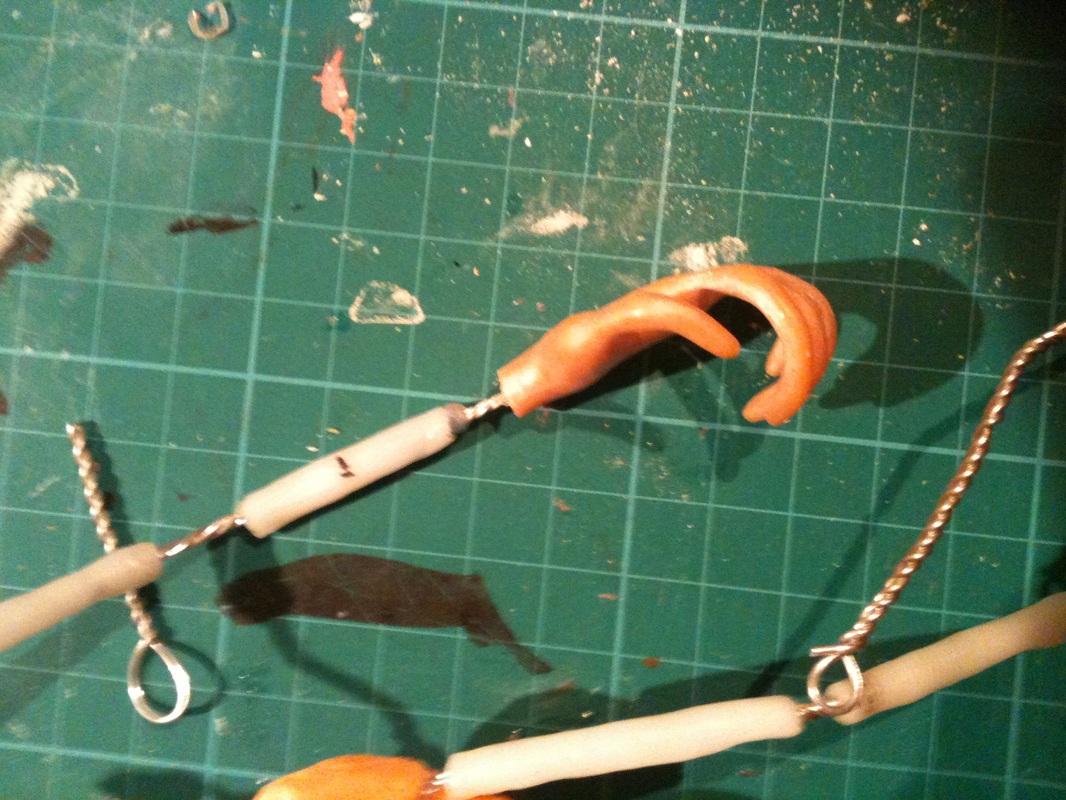
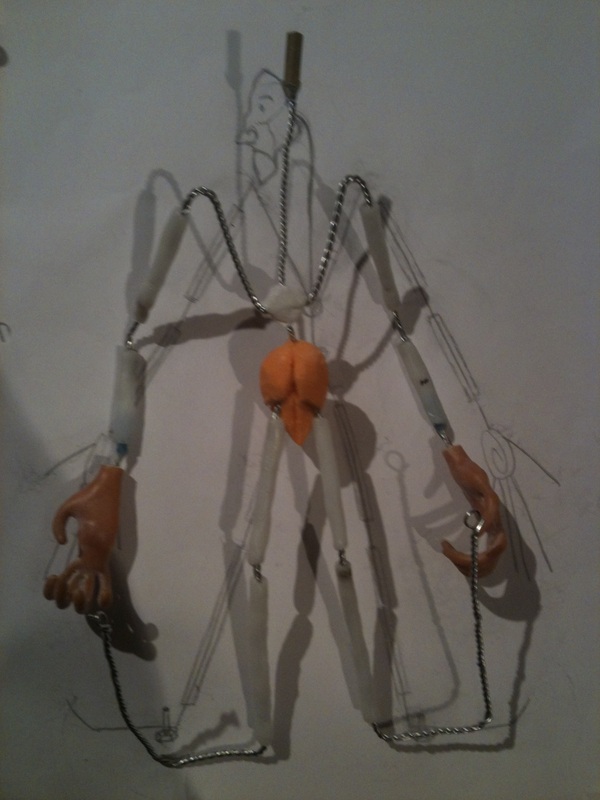
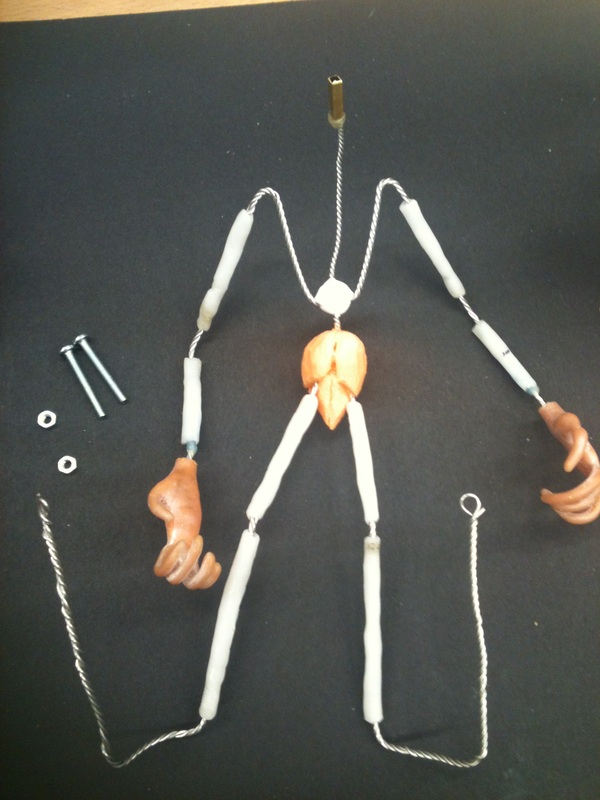
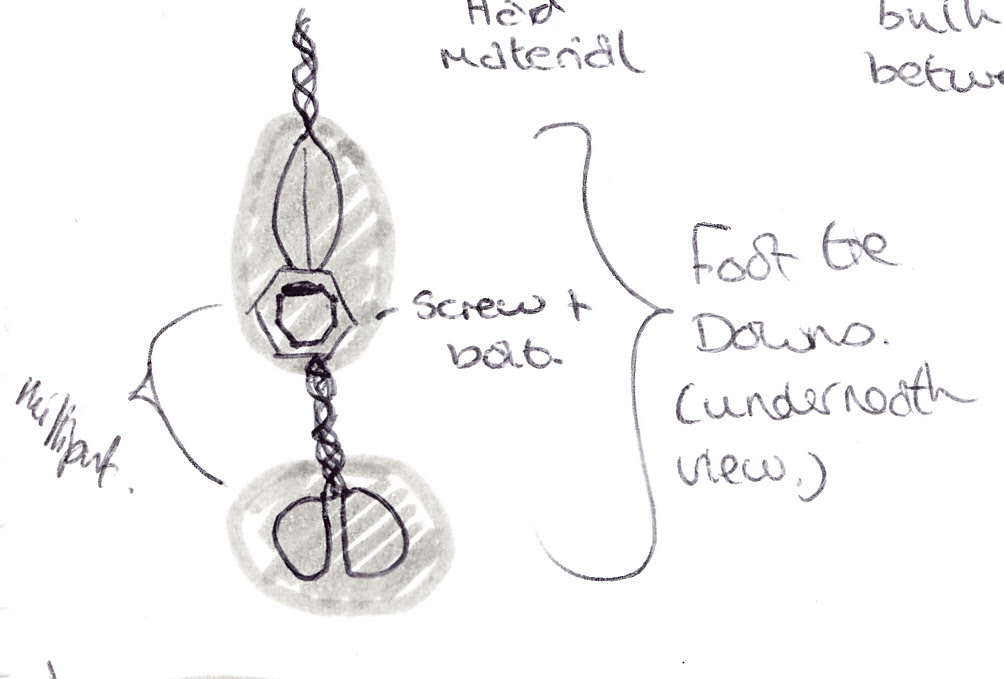
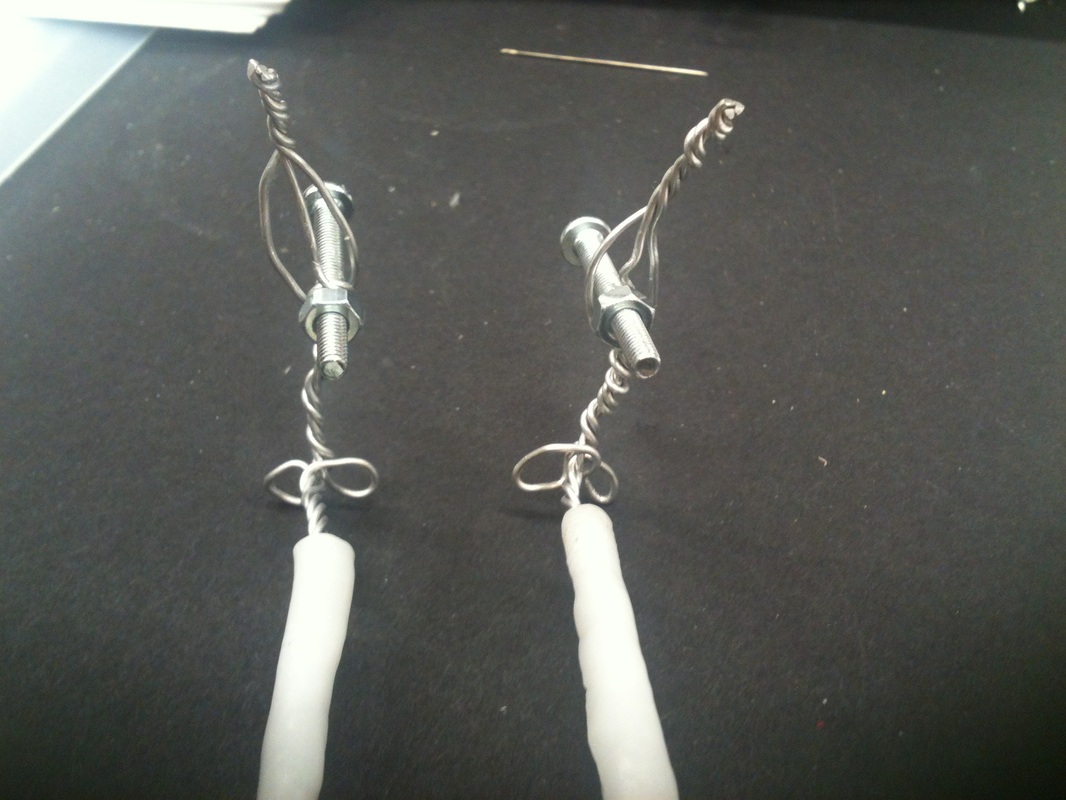
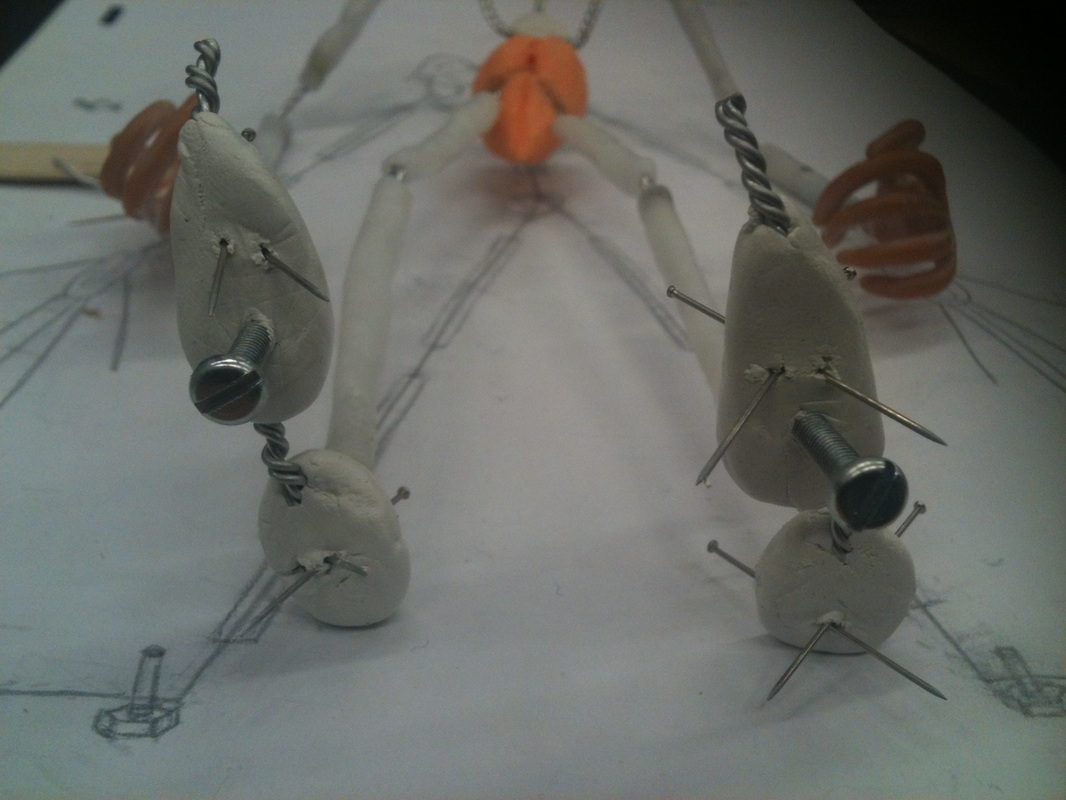
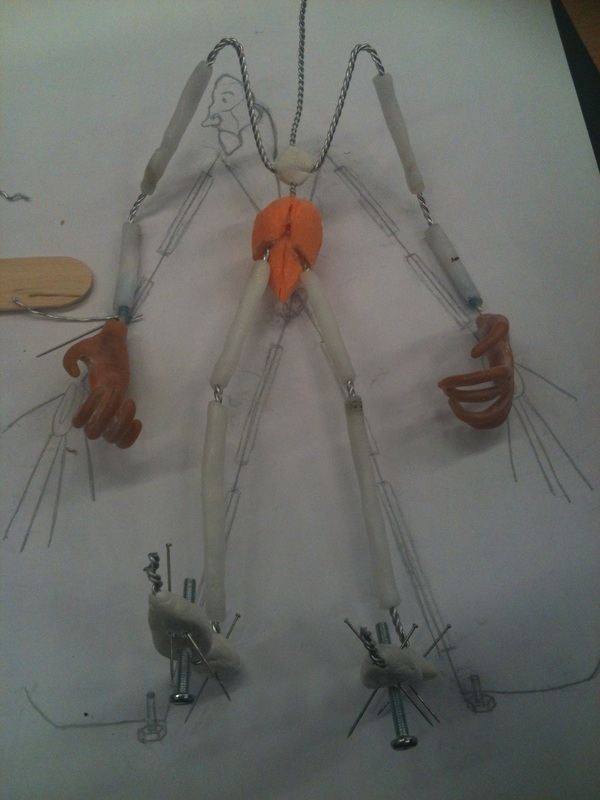
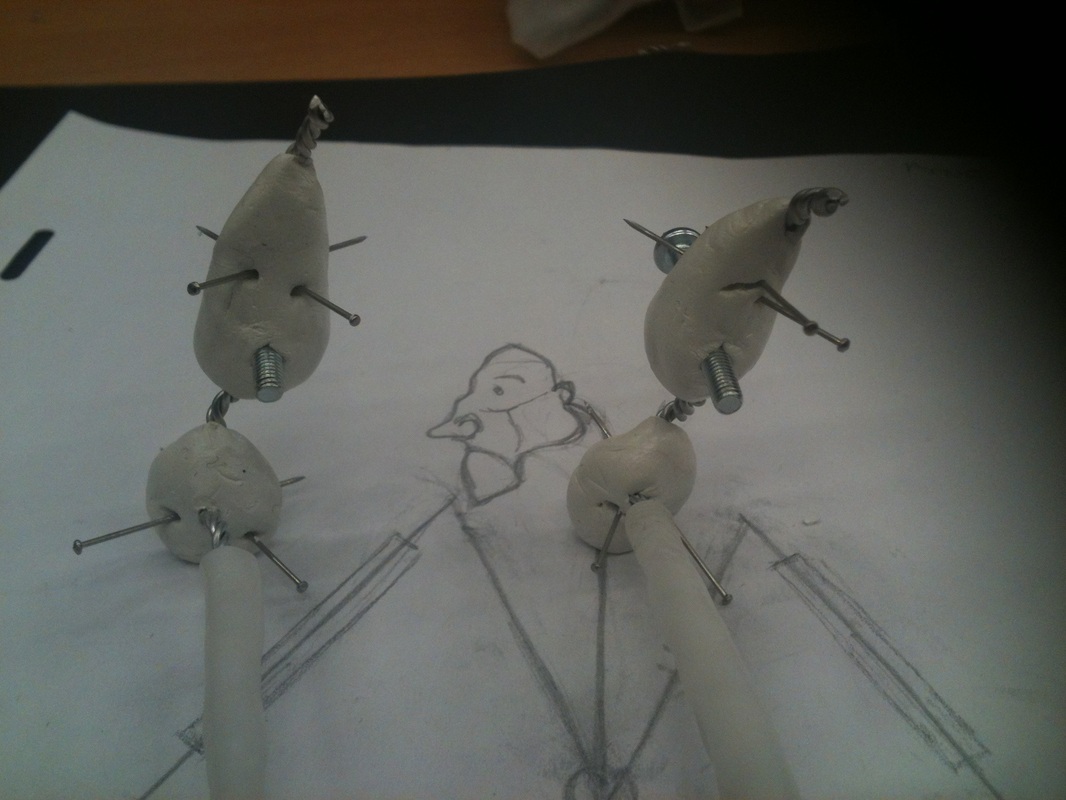
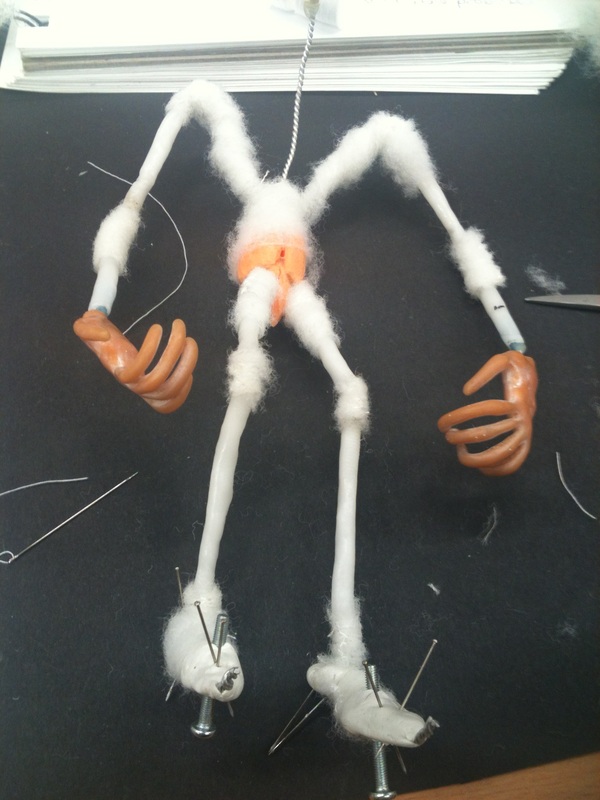
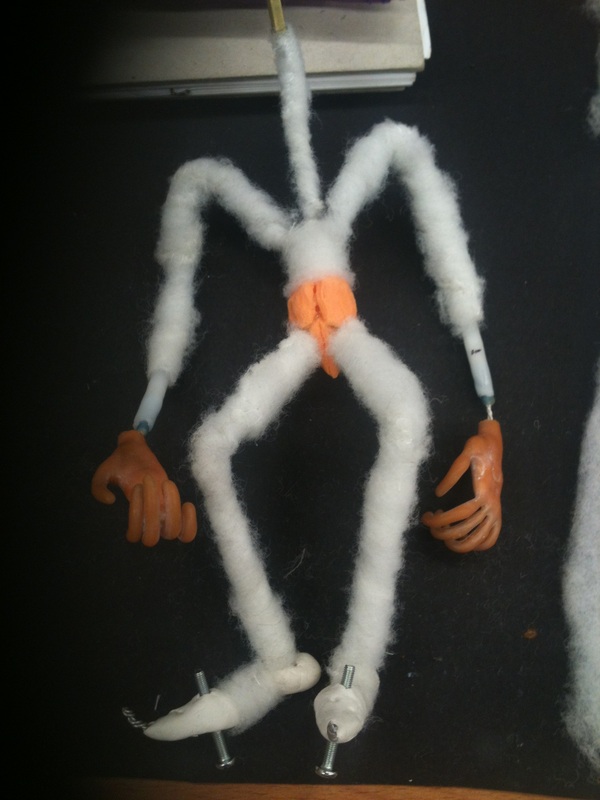
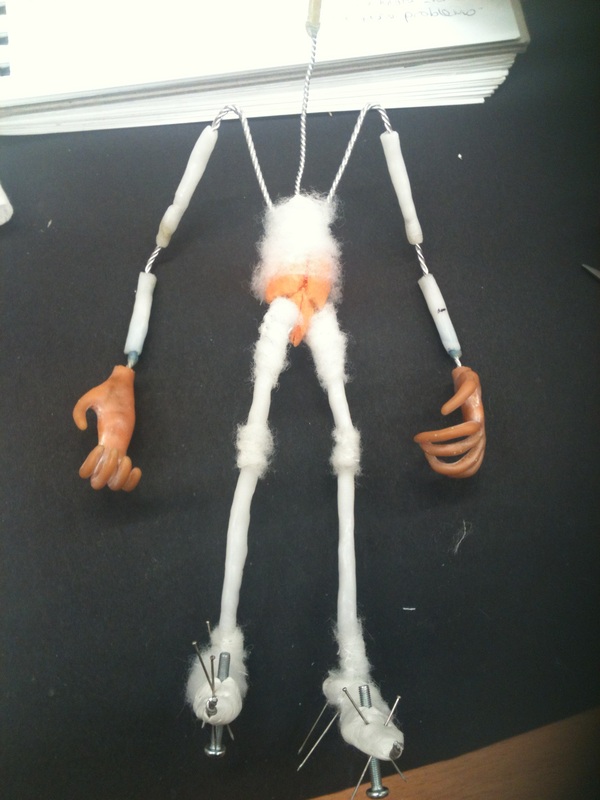
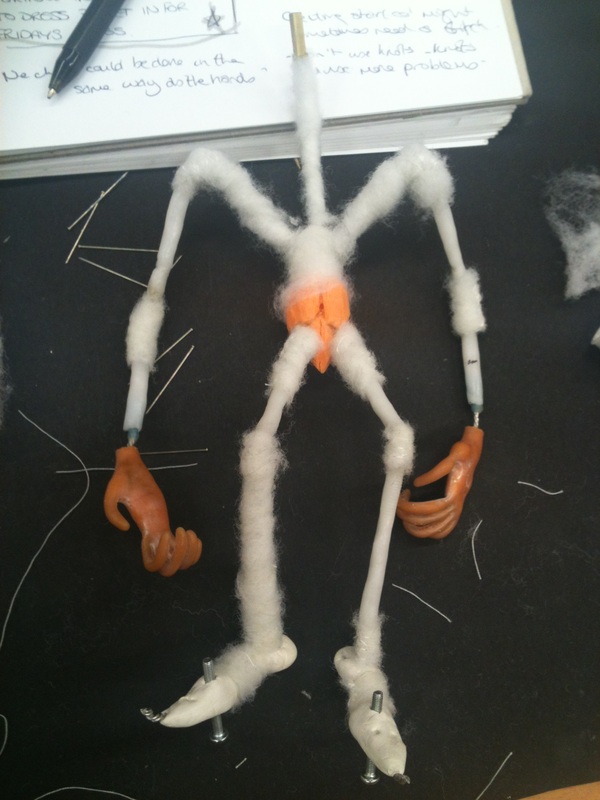
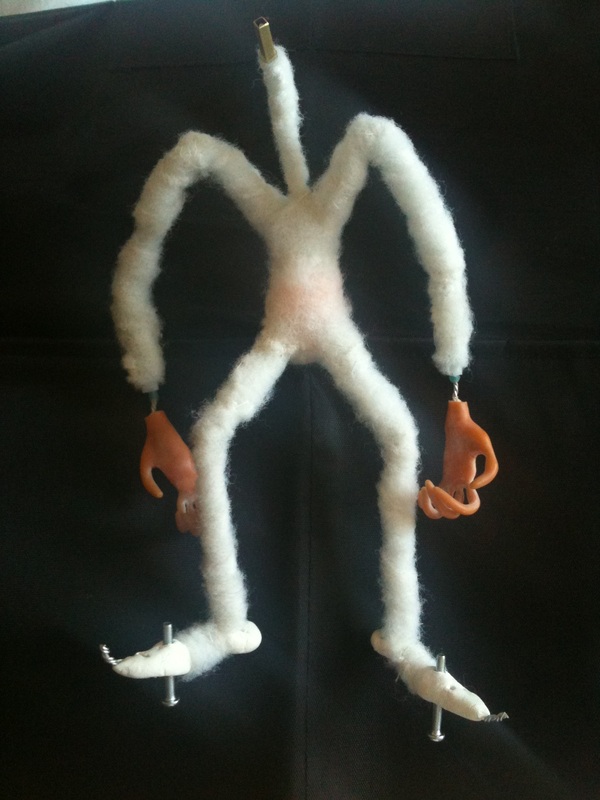
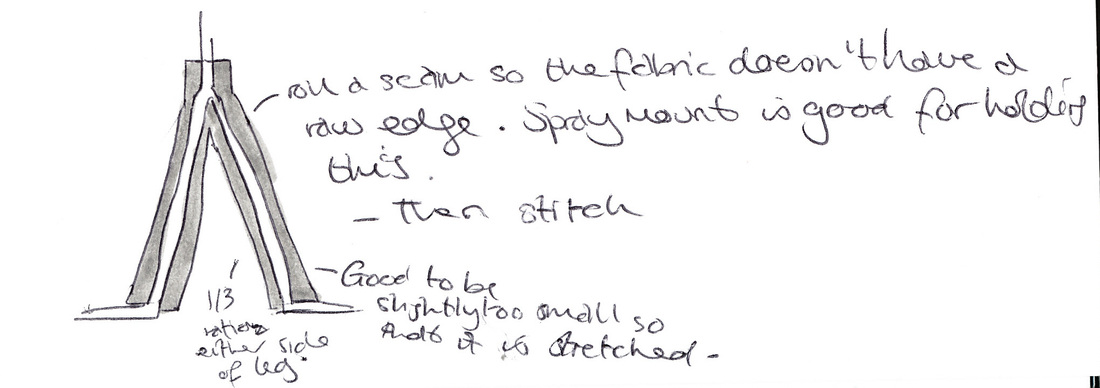
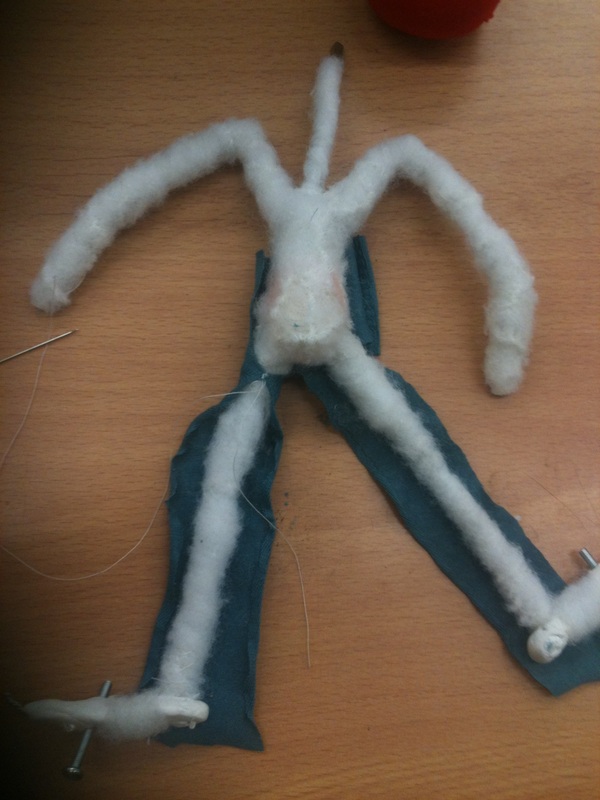
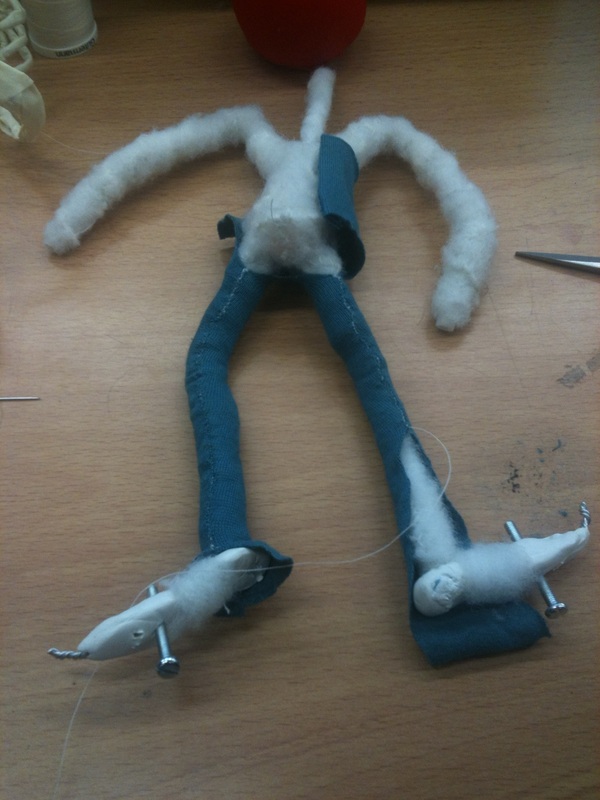
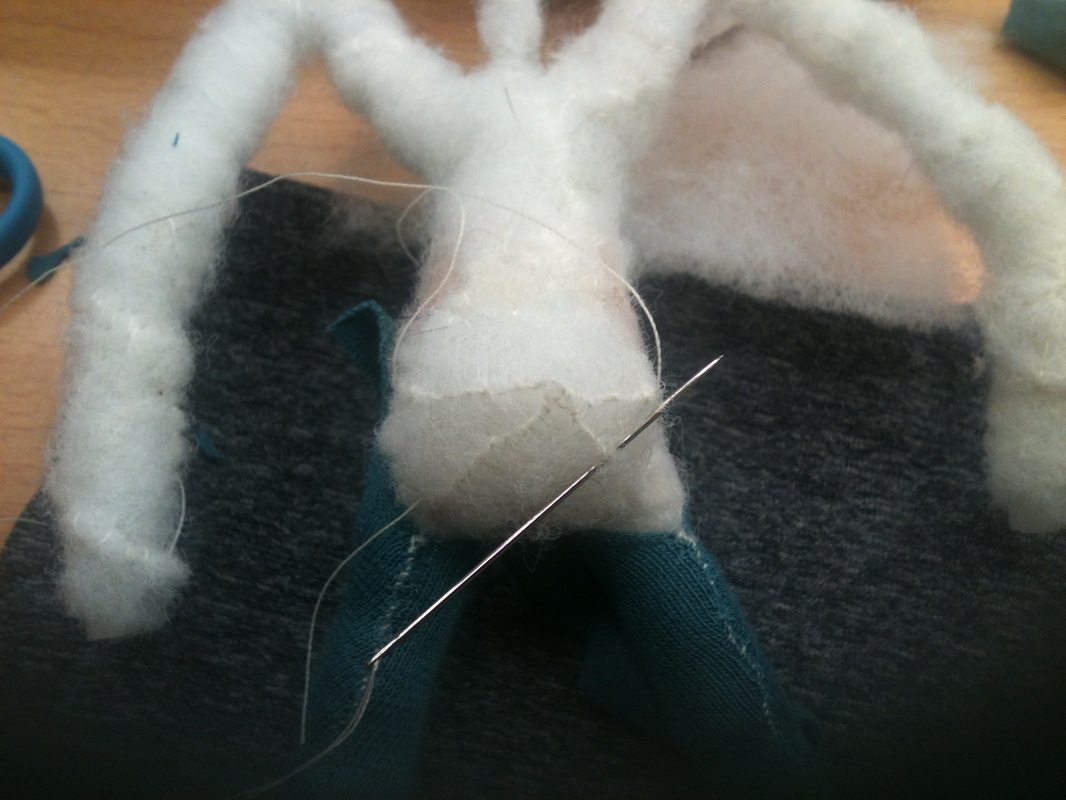
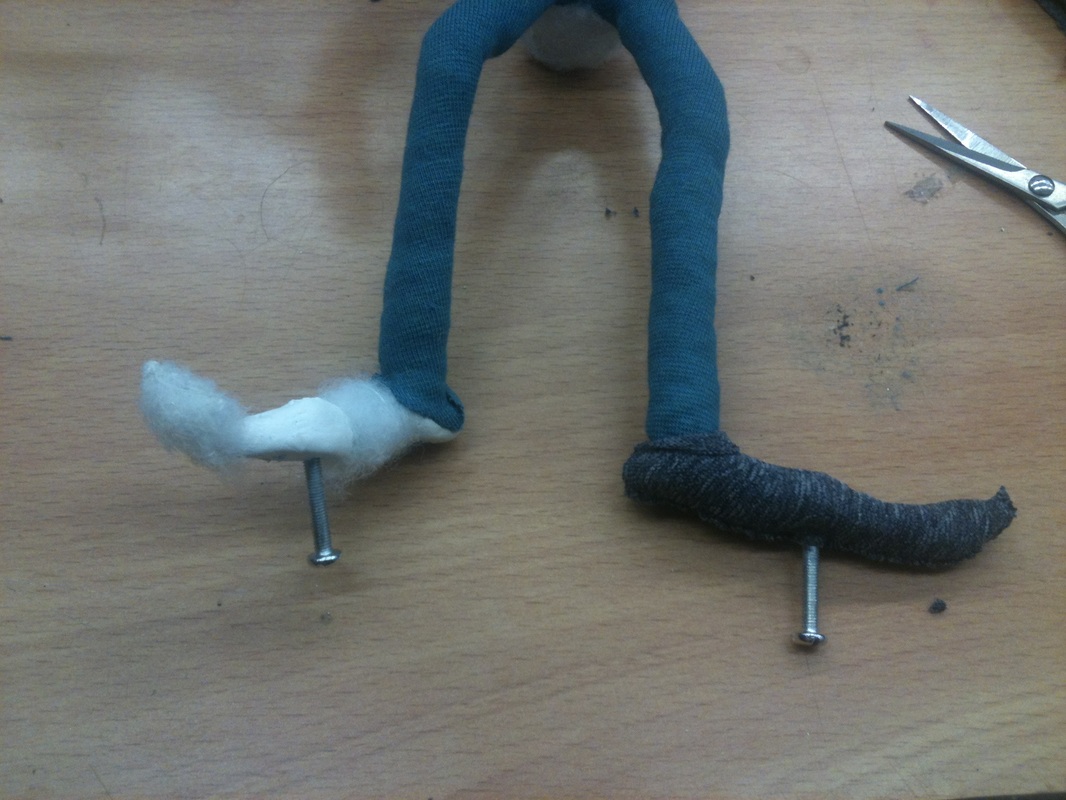
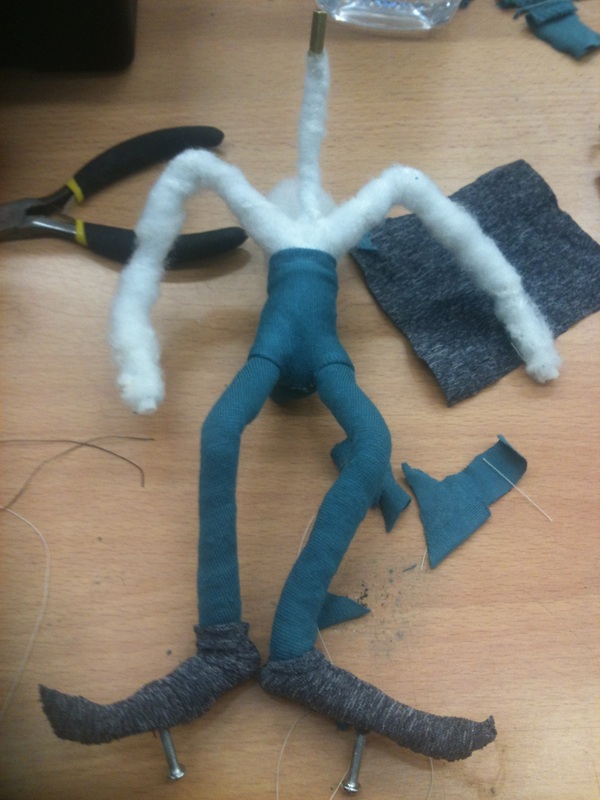
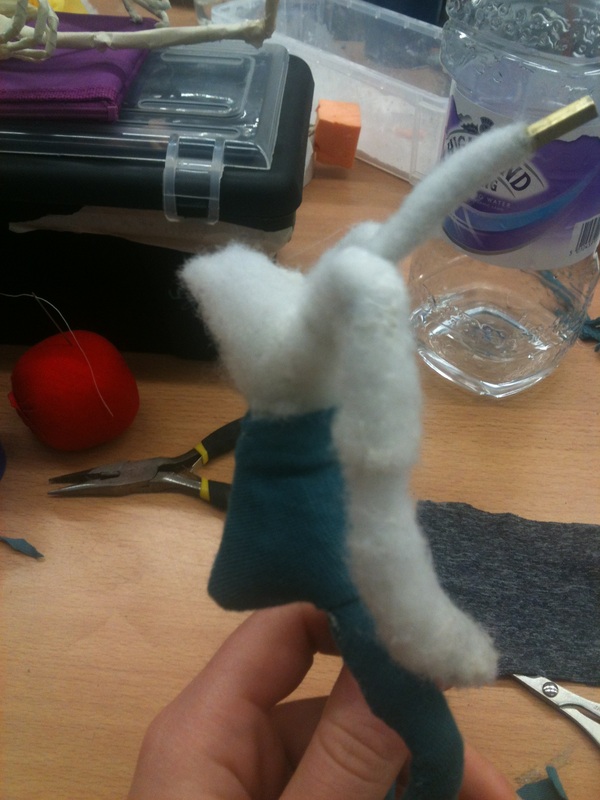
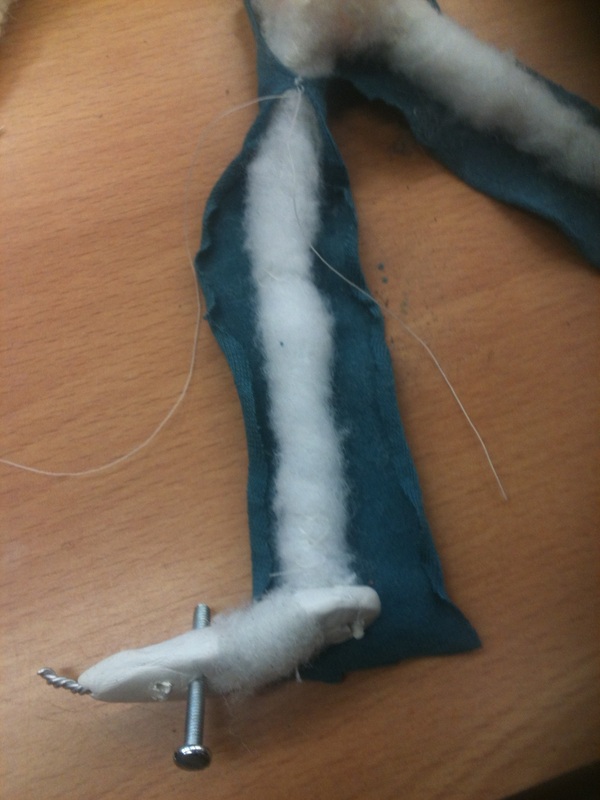
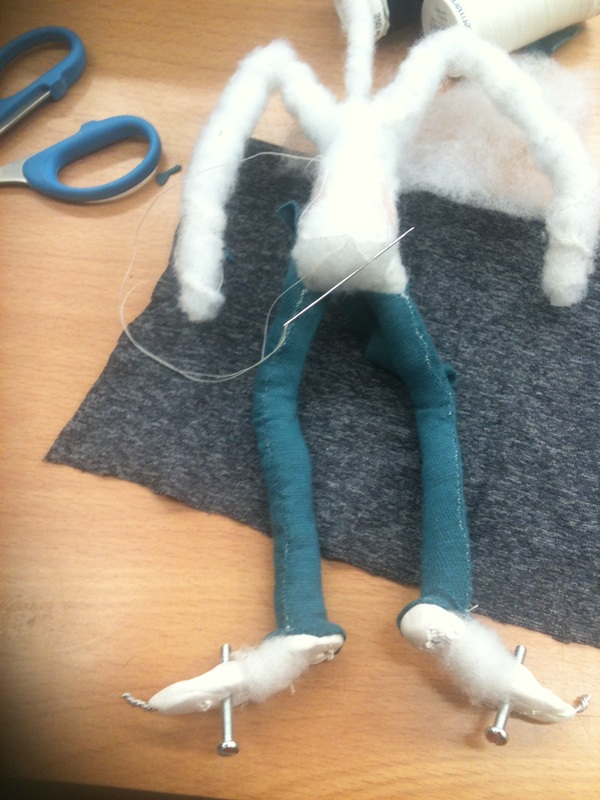
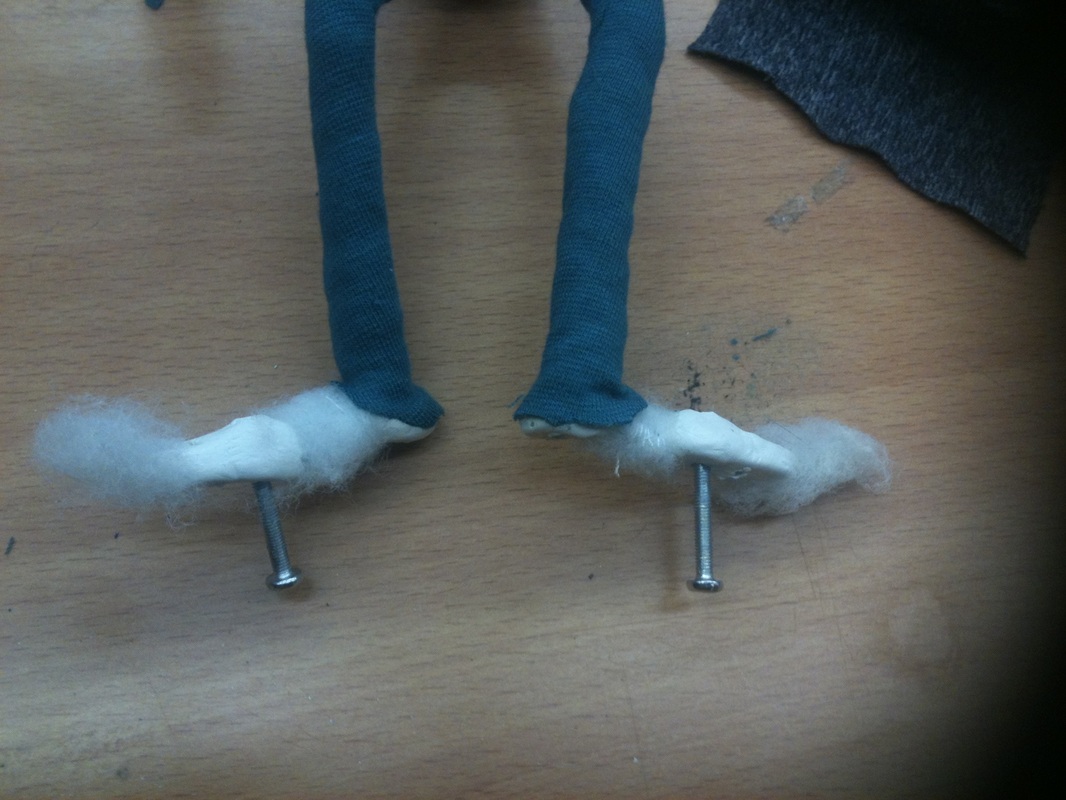
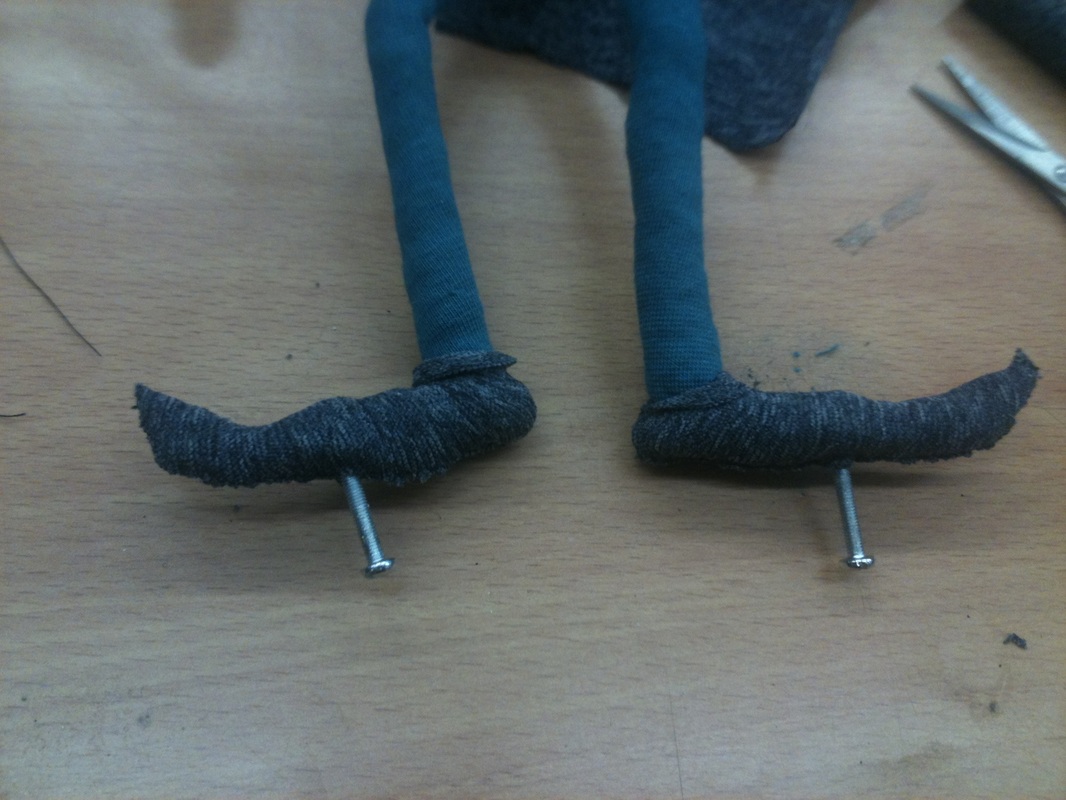
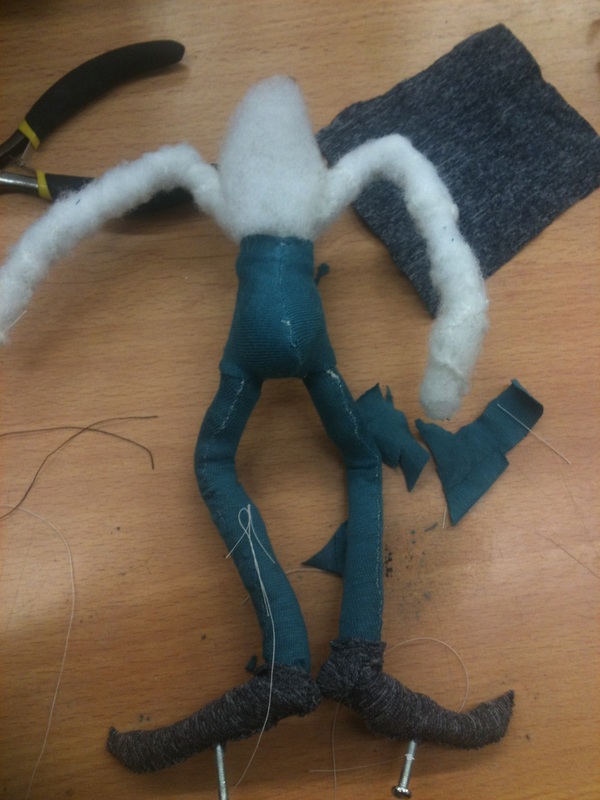
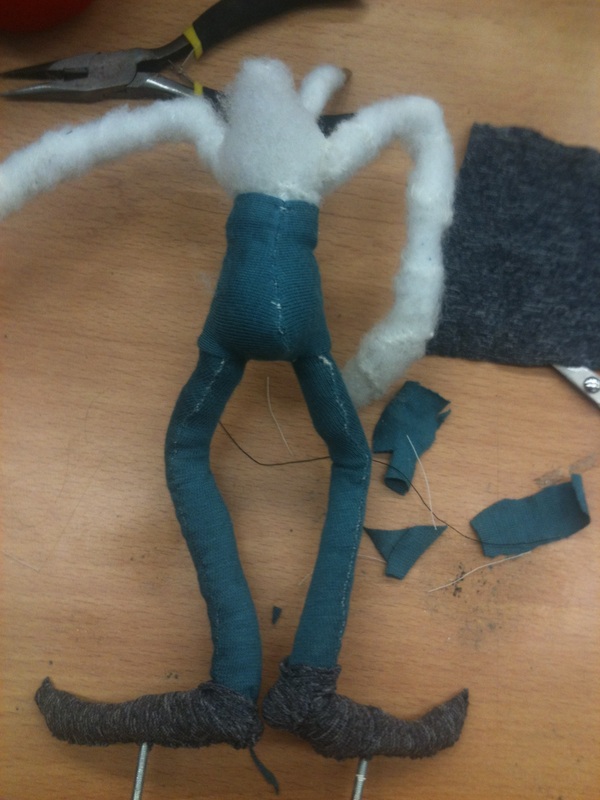
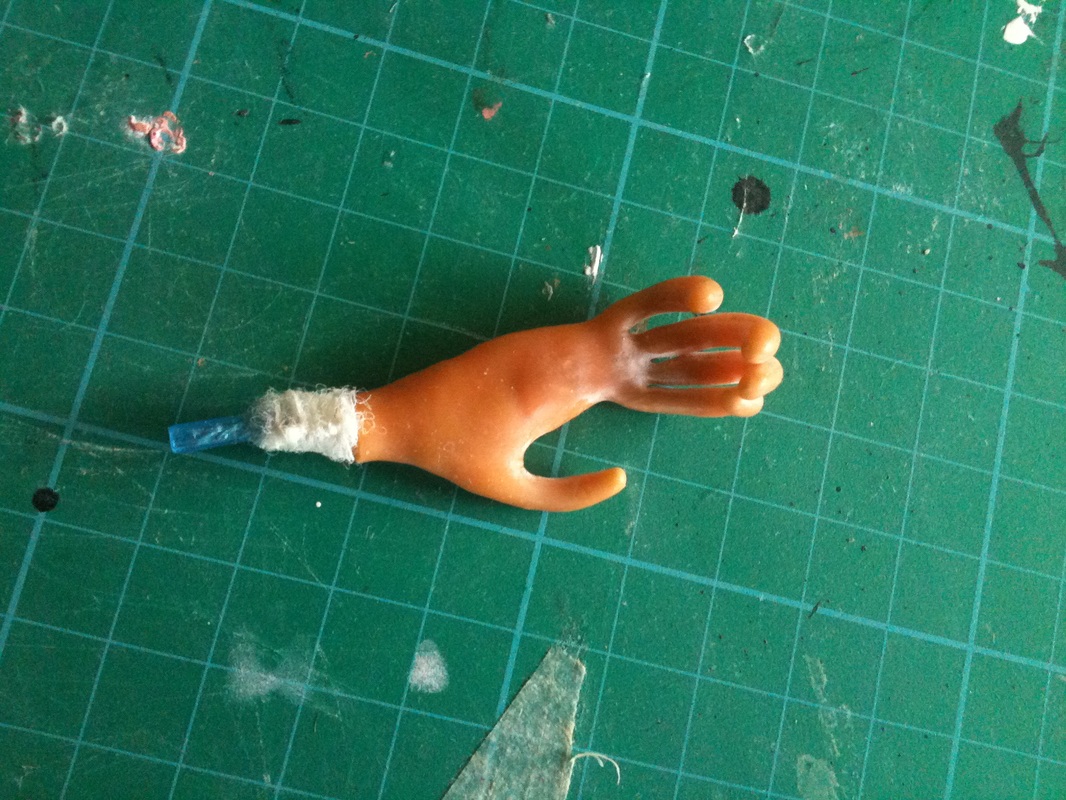
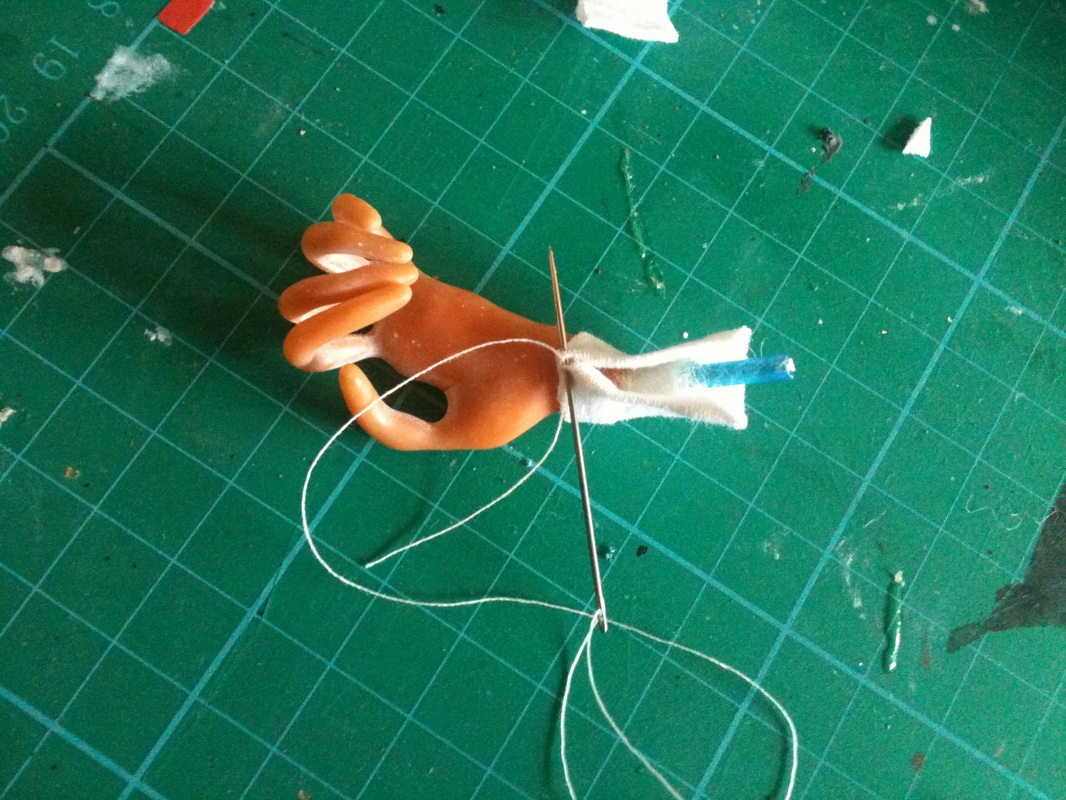
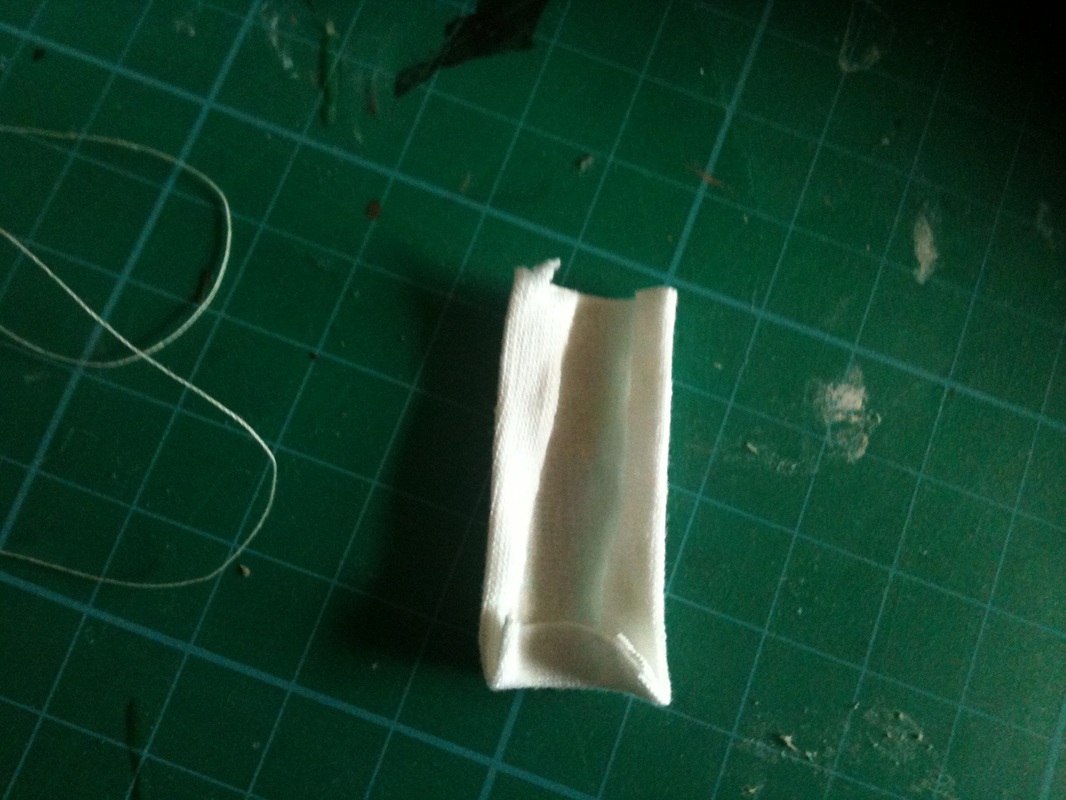
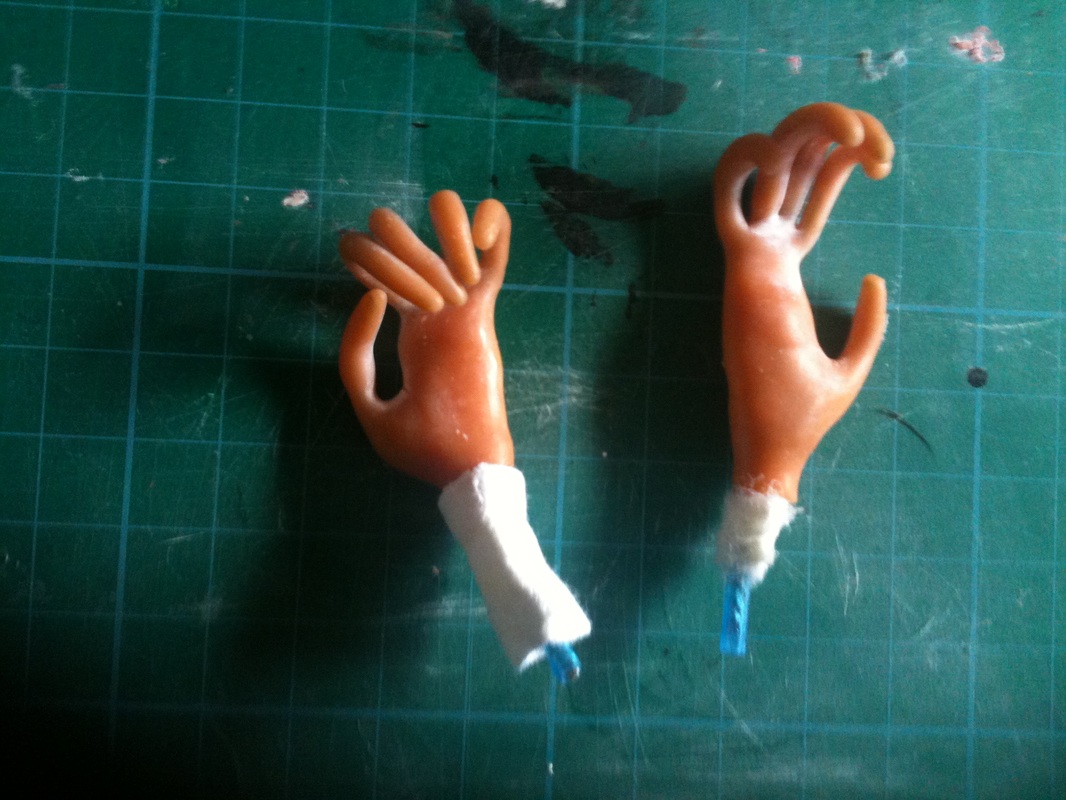
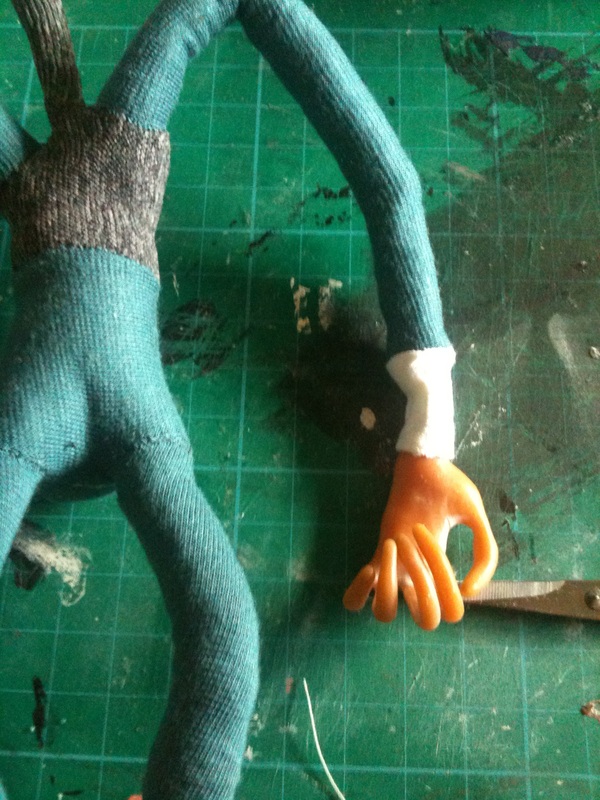
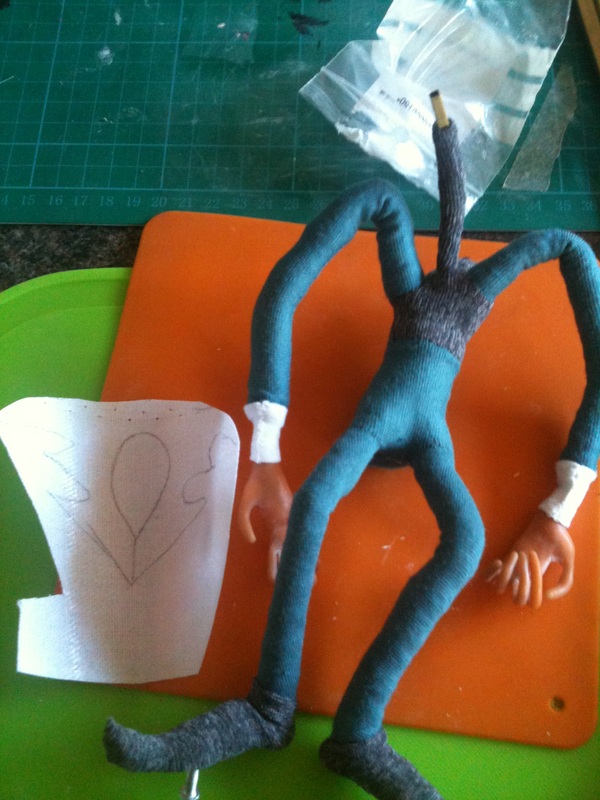
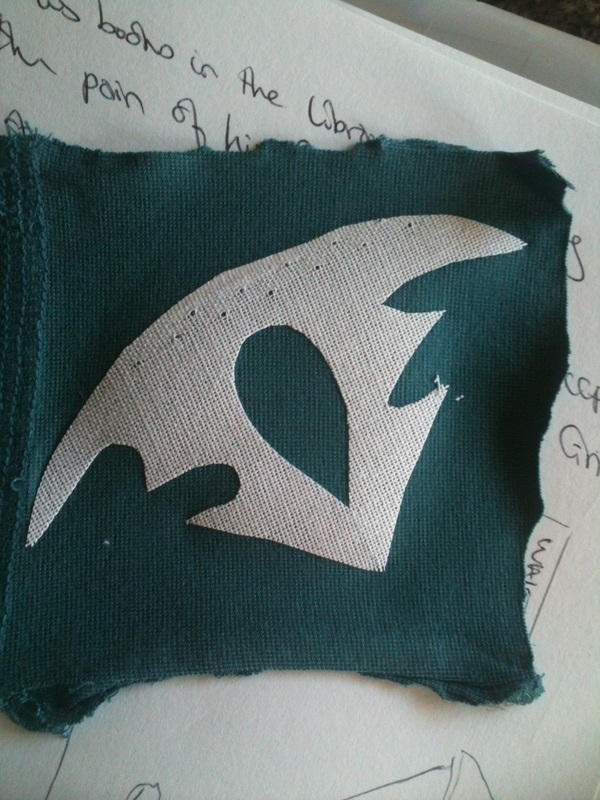
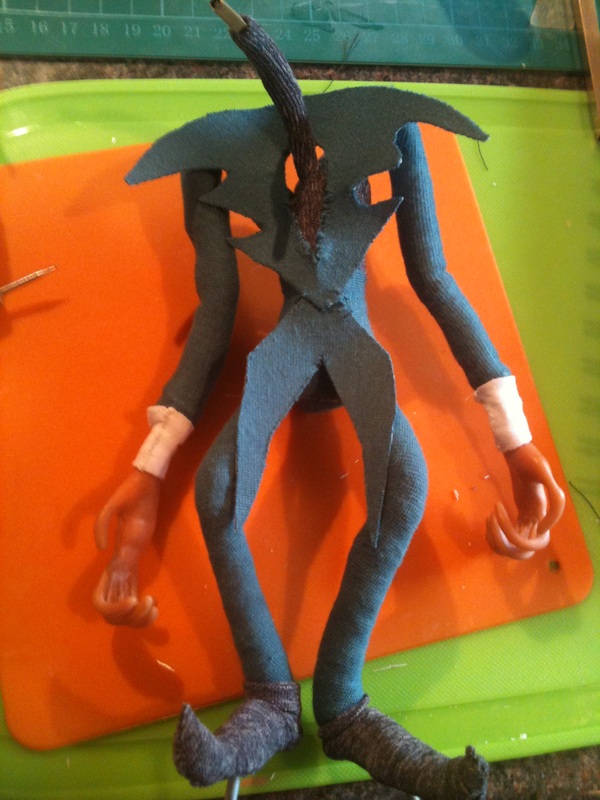

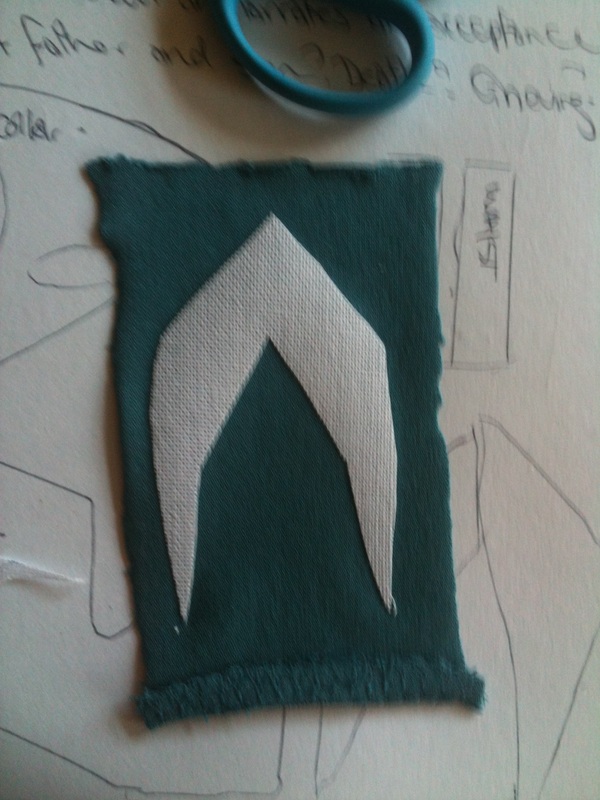
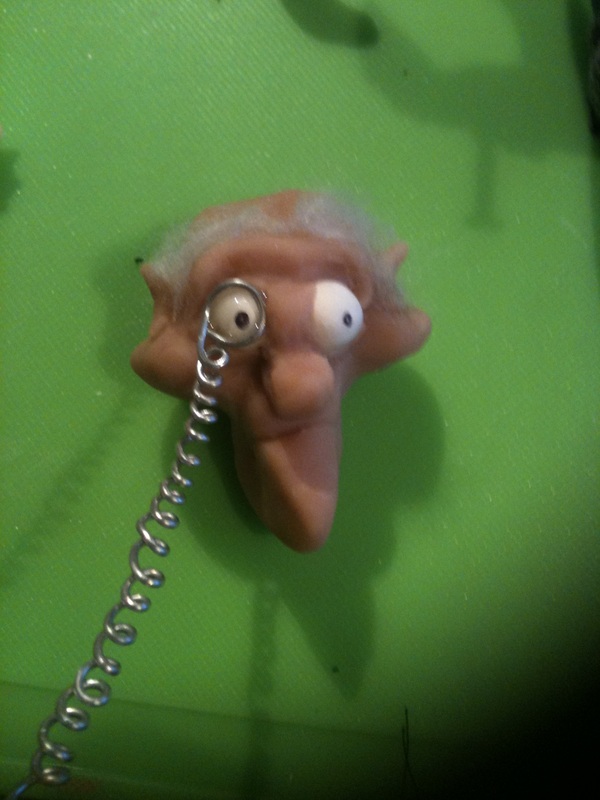
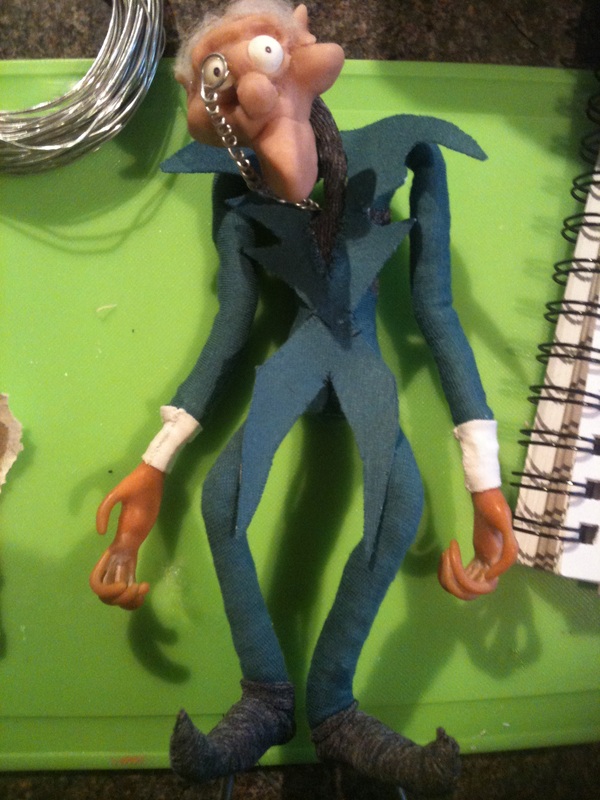
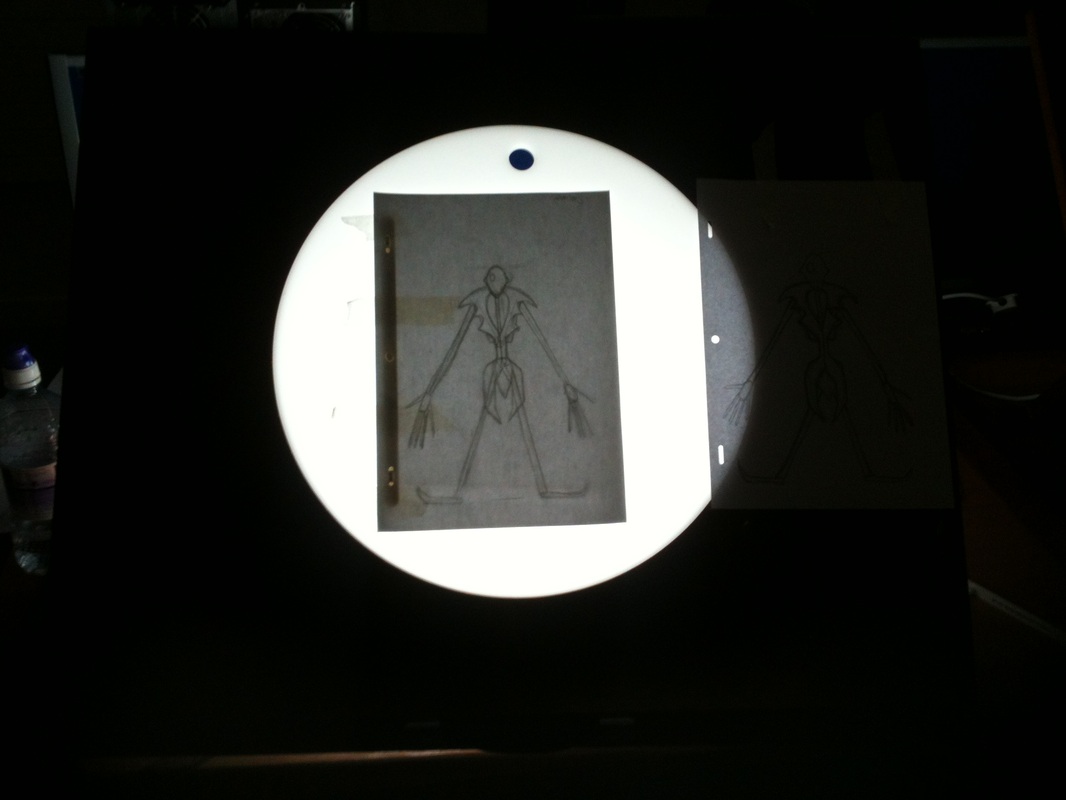
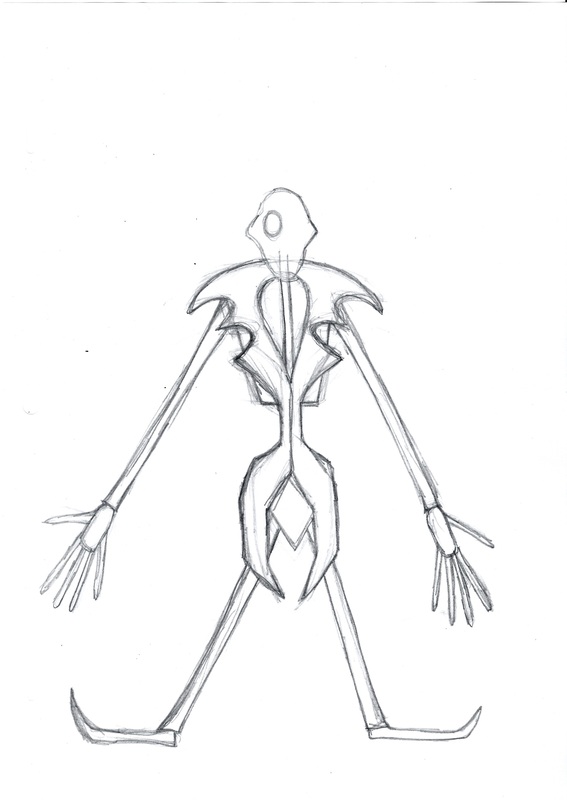
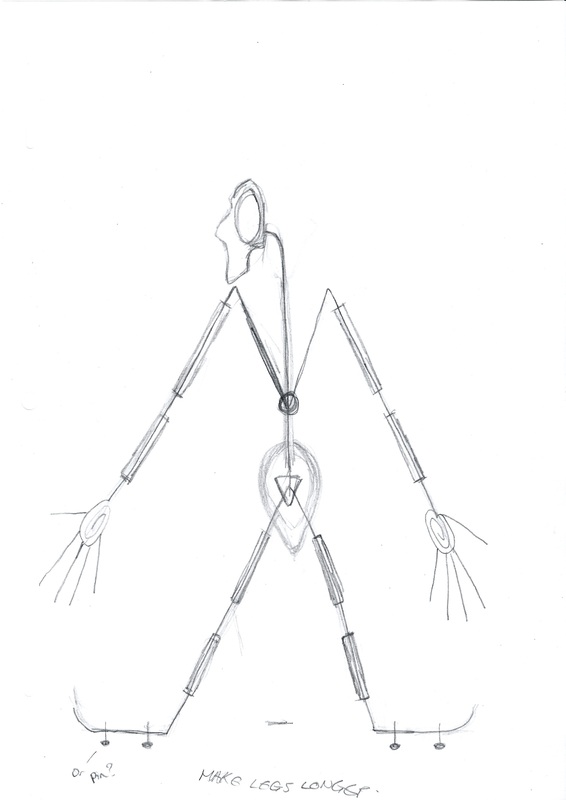
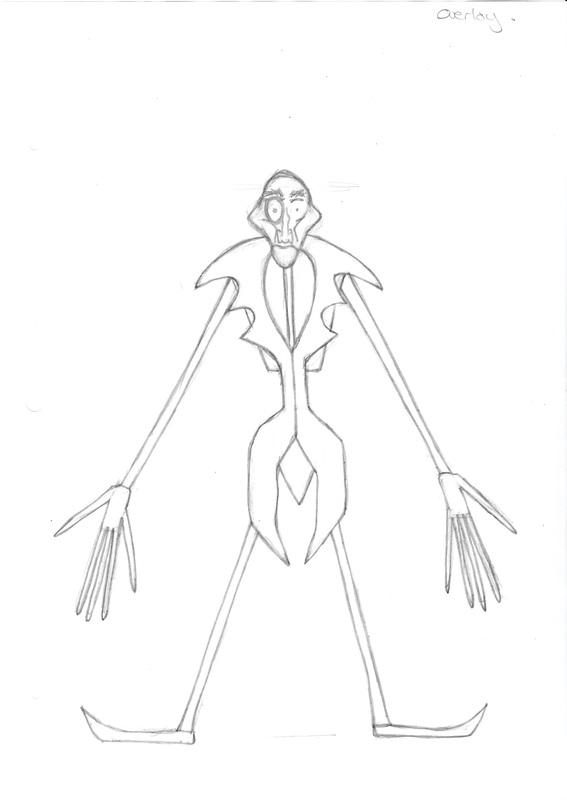
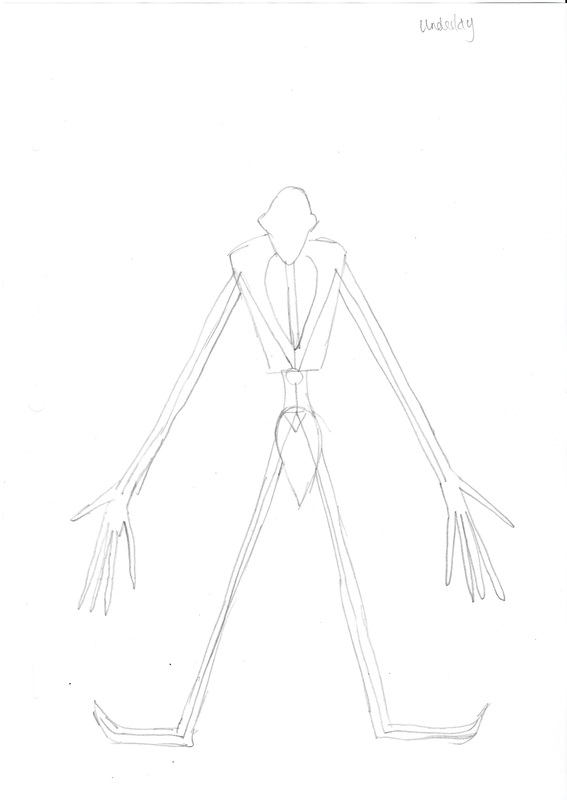
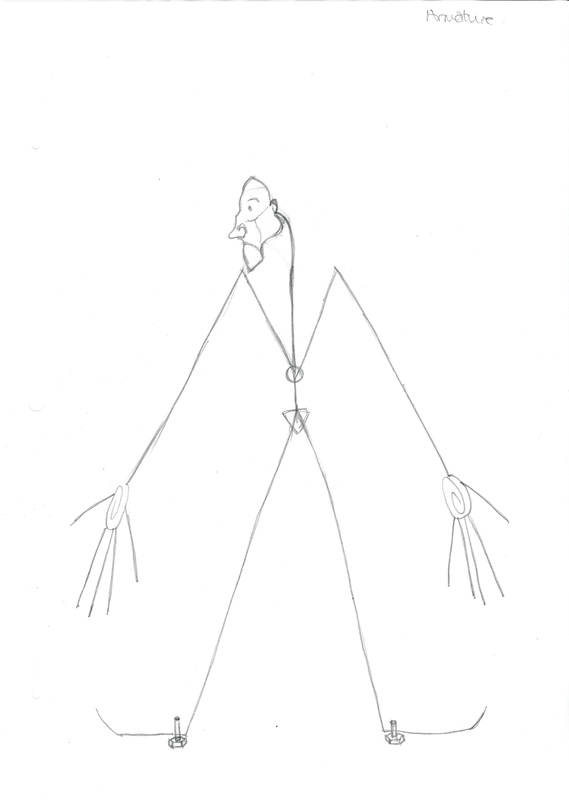
 RSS Feed
RSS Feed